
How have women progressed in Singapore since Independence?
The second of a three-part series by the Singapore Women’s Hall of Fame
- Organised by -

- Venue Partner -
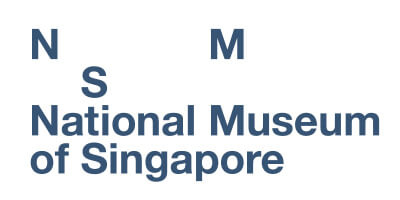
- Supported By -

1965
When Singapore became an independent nation in August 1965, women were several steps behind men in pretty much all aspects of life. More than half of the women were illiterate. Only about one in five of working-age women had jobs, and these were mostly low-level, low-wage positions. Family planning was not widespread and the total fertility rate was 4.66, which meant the typical woman was likely to have four to five children. The Women’s Charter became law in 1961 and gave women and men equal status in marriage, but in reality women continued to be seen as subordinate beings. Domestic violence, indeed violence against women generally, was common. It was still very much a man’s world.
The Gender Gap at a Glance
Figures refer to total population
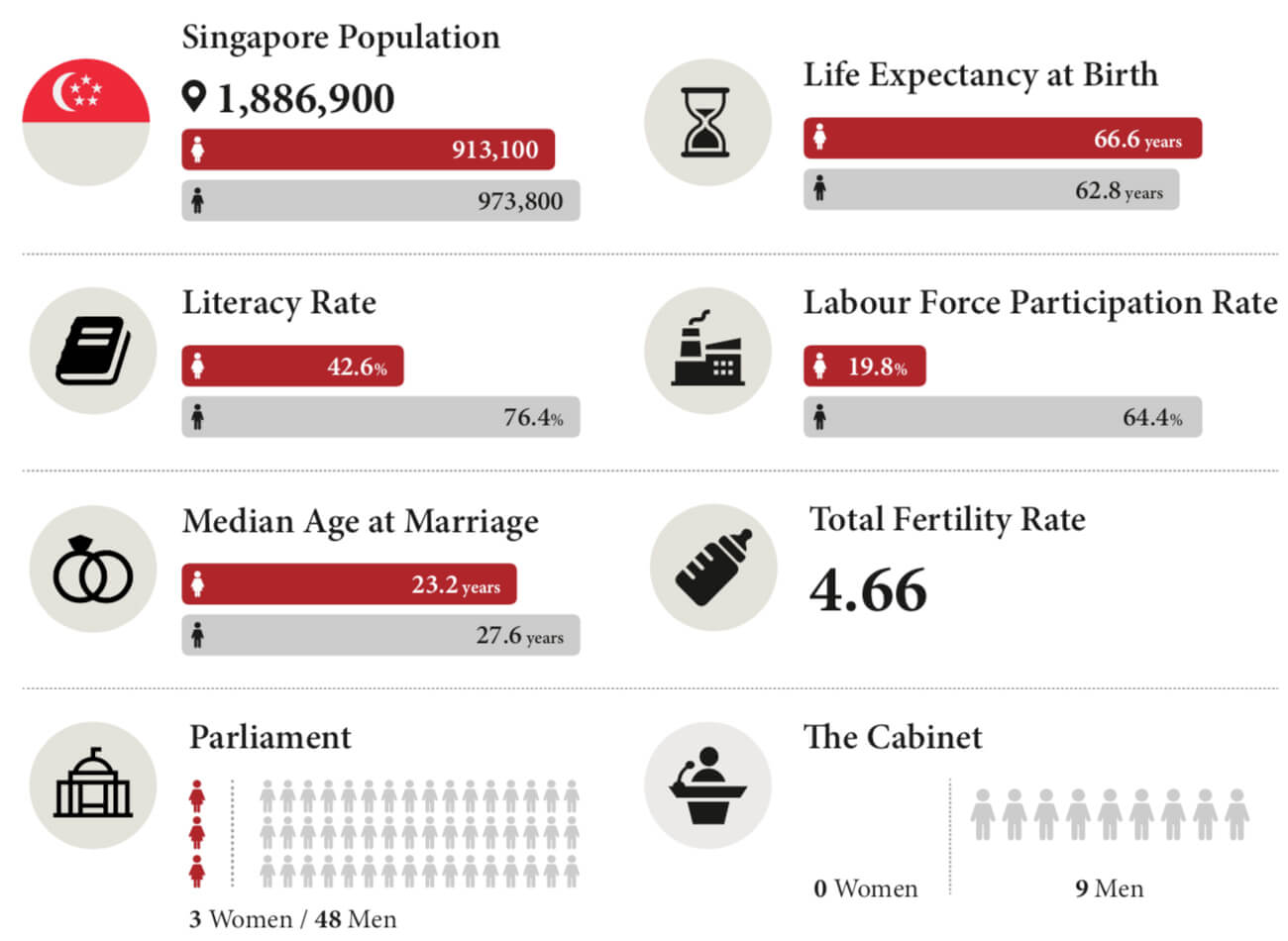


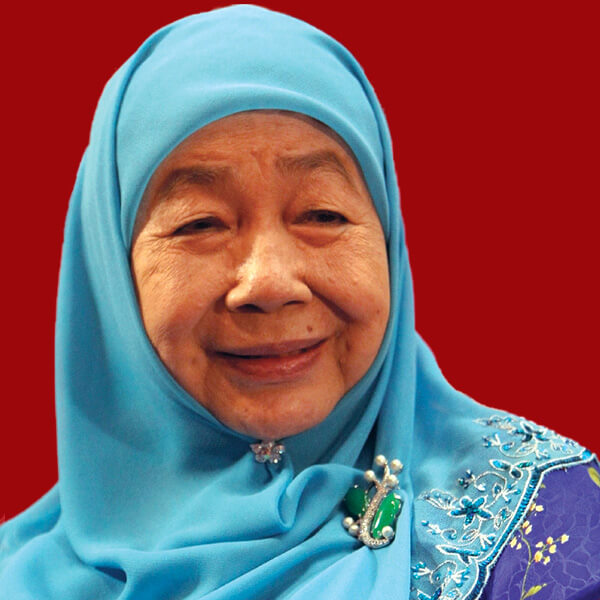
Puan Noor Aishah
Singapore’s first First Lady
Puan Noor Aishah became Singapore’s First Lady in December 1959, when she was only 26 years old. The shy, soft-spoken wife of Singapore’s first locally-born Head of State, Yusof Ishak, more than rose to the challenge. She calmly transformed the character of the Istana, giving it a Singaporean flavour, and she got involved in a host of voluntary organisations and community activities. When Singapore became independent in 1965, she was the perfect ‘mother’ for the new nation – poised and gracious, humble and charming, dedicated and quietly determined.
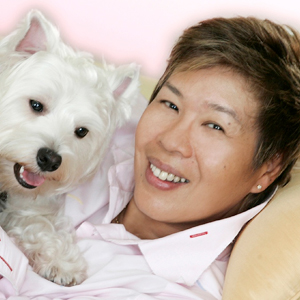
Patricia Chan
Trailblazing swimmer and Singapore’s first Golden Girl
Patricia was just 11 when she won each of her eight swimming events at the 1965 Southeast Asian Peninsular (SEAP) Games in Kuala Lumpur, a few months after Singapore separated from Malaysia. As she stood on the winners’ rostrum again and again while Majulah Singapura was played, Patricia became a symbol of the newly independent nation: Young, talented, disciplined and determined to succeed. Patricia took part in a total of 39 individual and team events at five SEAP Games – and she won gold in every single race. An unmatched record of pure gold.
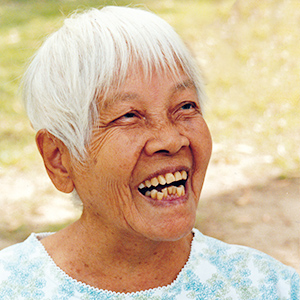
Teresa Hsu Chih
One of Asia’s most inspiring social workers
Teresa Hsu Chih was born into poverty in China in 1898. In 1915 when her abusive father abandoned the family, they moved to Penang, Malaya. Teresa later returned to China and Hongkong to work. When she was 47, she studied nursing in London, then worked as a nurse in Europe and Paraguay. She returned to Singapore in 1961, and in 1965 she and her sister Ursula used their own money to start the Home for the Aged Sick, a free nursing home for the old and destitute. Teresa died in 2011 aged 113.
Our Perplexing Population Problem
In 1965 Singaporeans were reproducing with gusto – one baby was born every 11 minutes on average. The total fertility rate (TFR) was a whopping 4.66, and the maternity wards could barely cope. A mass family planning programme was launched and by the mid-70s the baby-making had slowed down. As the economy expanded rapidly, Singaporeans’ priorities shifted. Widening access to education gave women options beyond the home. There were jobs aplenty in the factories and offices that were sprouting up. People moved out of sprawling, extended family homes and into nuclear-family HDB flats. They had less time and inclination for large families. In 1975, the TFR was down to 2.1, which is the replacement level. And it kept on falling.
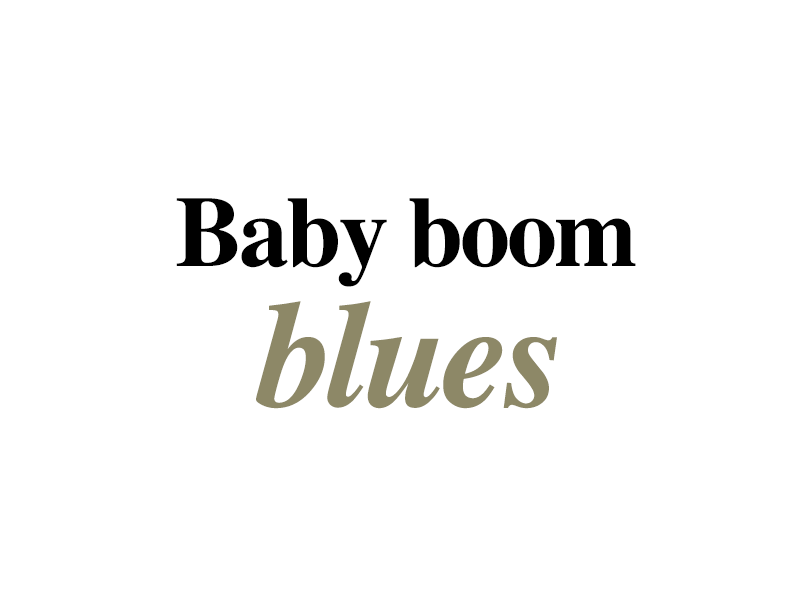
With one baby being born on average every 11 minutes, policymakers worry about the impact on Singapore’s limited resources. The government announces a 5-year mass family planning programme to bring birth control to married women aged 15 to 45.
 Kandang Kerbau Hospital handles 39,835 deliveries – a record number that gets the hospital into the Guinness Book of Records for the largest number of births in a single maternity facility. It holds this record for 10 years.
Kandang Kerbau Hospital handles 39,835 deliveries – a record number that gets the hospital into the Guinness Book of Records for the largest number of births in a single maternity facility. It holds this record for 10 years.
The Singapore Family Planning & Population Board is set up to bring the birth rate down to replacement level.
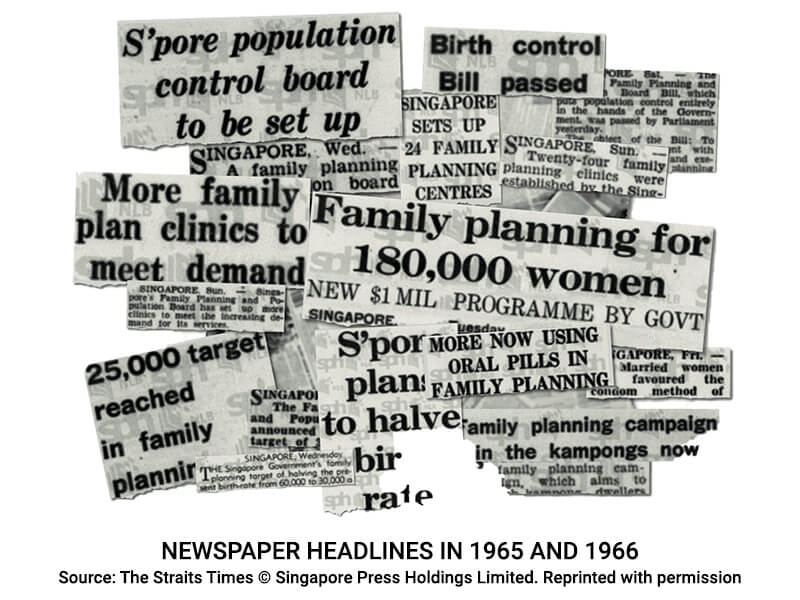
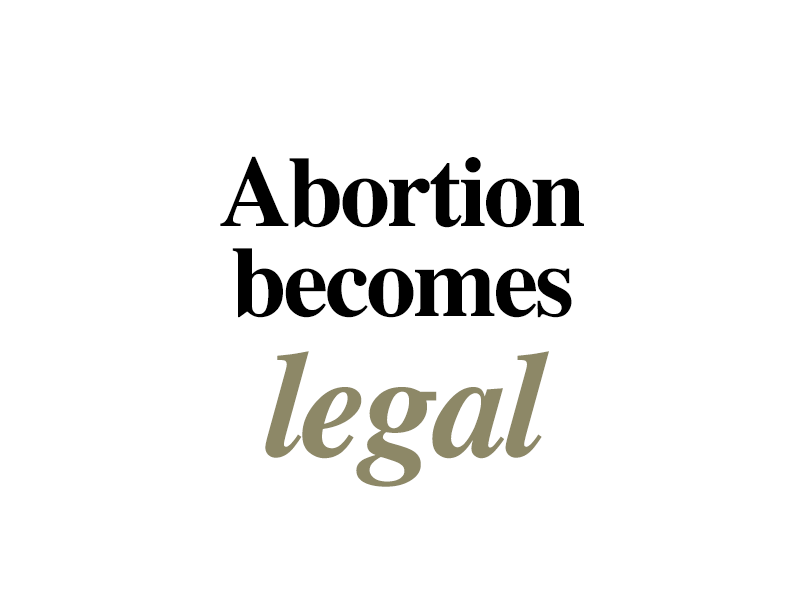 Realising that many women, desperate after bearing innumerable children, were resorting to dangerous illegal abortions, the government makes abortion legal. Initially, women have to get approval for an abortion. In 1974, the approval requirement is lifted and women gain full control over their reproductive rights.
Realising that many women, desperate after bearing innumerable children, were resorting to dangerous illegal abortions, the government makes abortion legal. Initially, women have to get approval for an abortion. In 1974, the approval requirement is lifted and women gain full control over their reproductive rights.
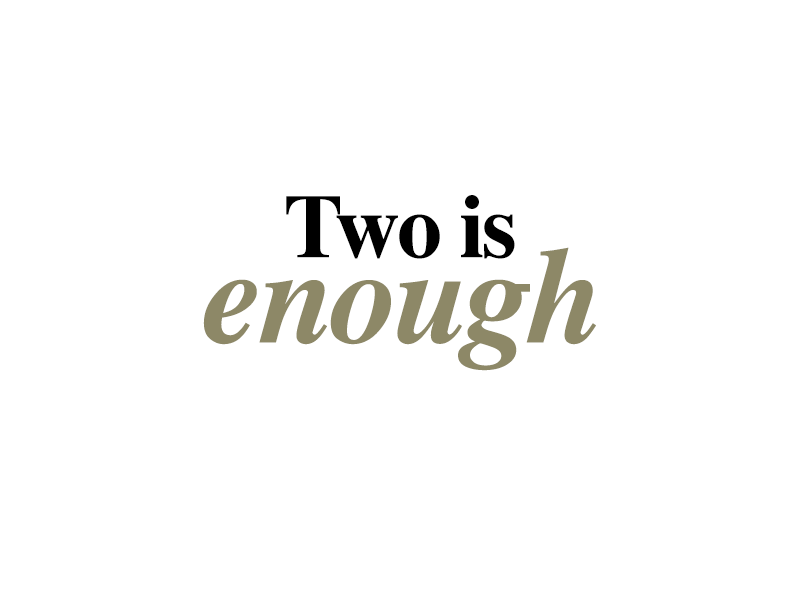
The ‘Stop at Two’ campaign is launched. Posters put across the message that smaller families mean a brighter future, and that ‘Girl or Boy, Two is Enough’. Meanwhile, couples who have more than two kids face higher childbirth fees and other disincentives.

The ‘Stop at Two’ campaign has the desired effect. The TFR is down to 2.1. But the planners fear that the baby boomers, who are now reaching the age of marriage, will begin to have children. So the campaign continues.
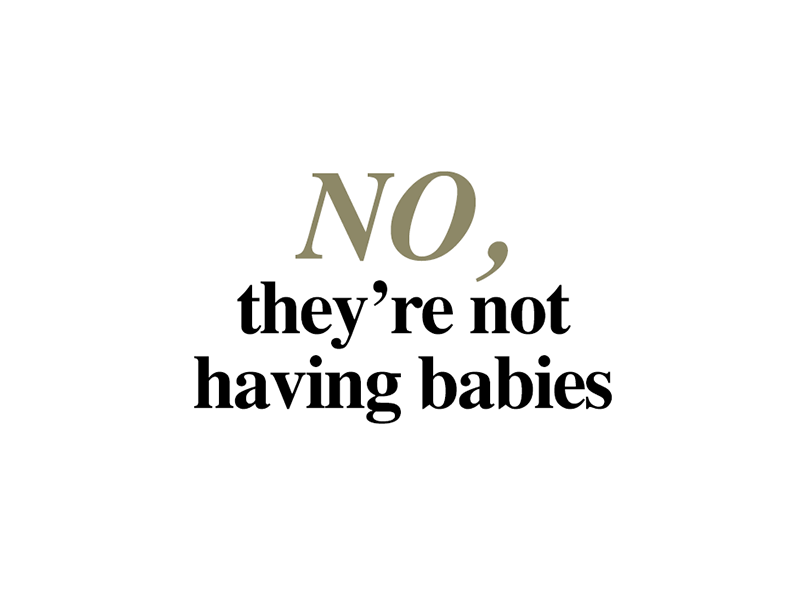
The baby boomers do not seem inclined to have children in large numbers, and the TFR is down to 1.82.
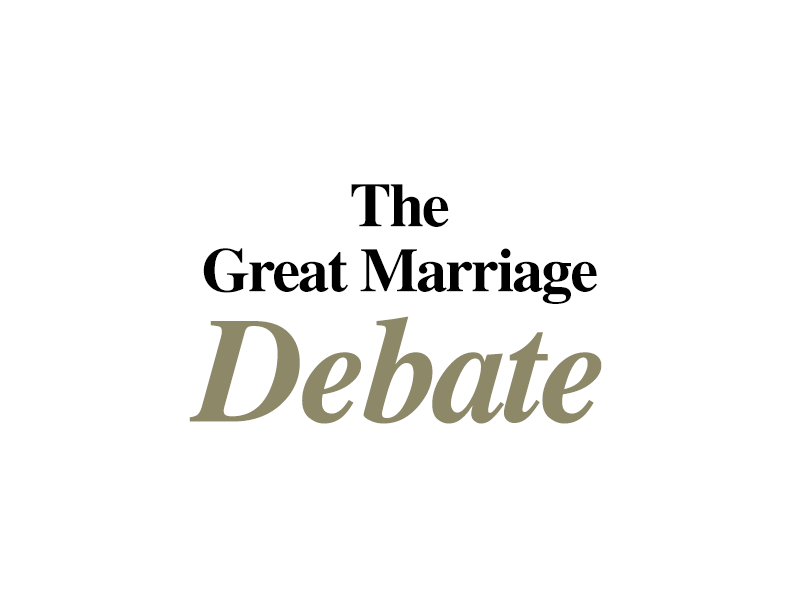
In his National Day Rally speech, Prime Minister Lee Kuan Yew points to the lopsided patterns of procreation. Graduate women are marrying later, or not at all, and are having fewer babies. This is dangerous for Singapore’s talent pool, he says. A slew of policies to encourage educated women to marry and have children, and less educated couples to stop at two, follows.

In 1986 the TFR falls below 1.5. A new family planning slogan is announced − ‘Have three or more, if you can afford it’. Instead of disincentives against having more than two kids, there are now schemes to encourage more babies.
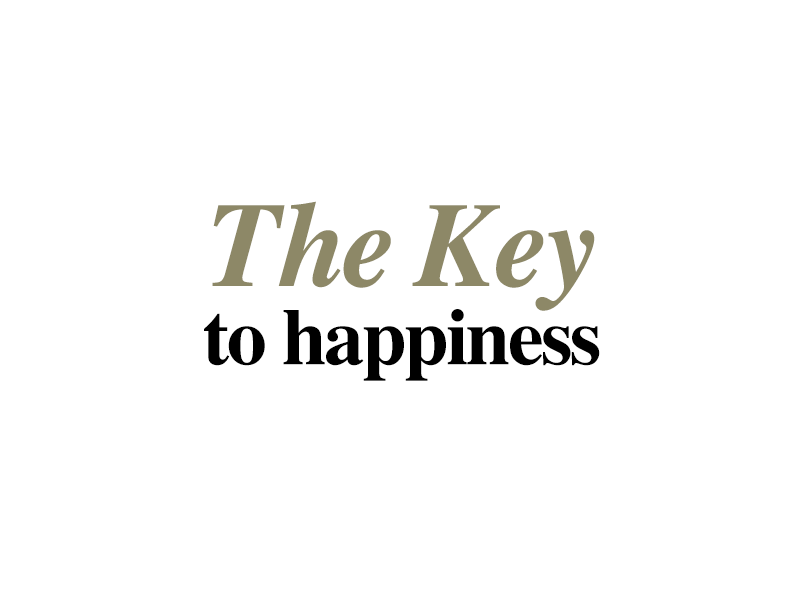
The publicity campaigns focus on the joys of having children and families, but to little avail. The TFR keeps dropping.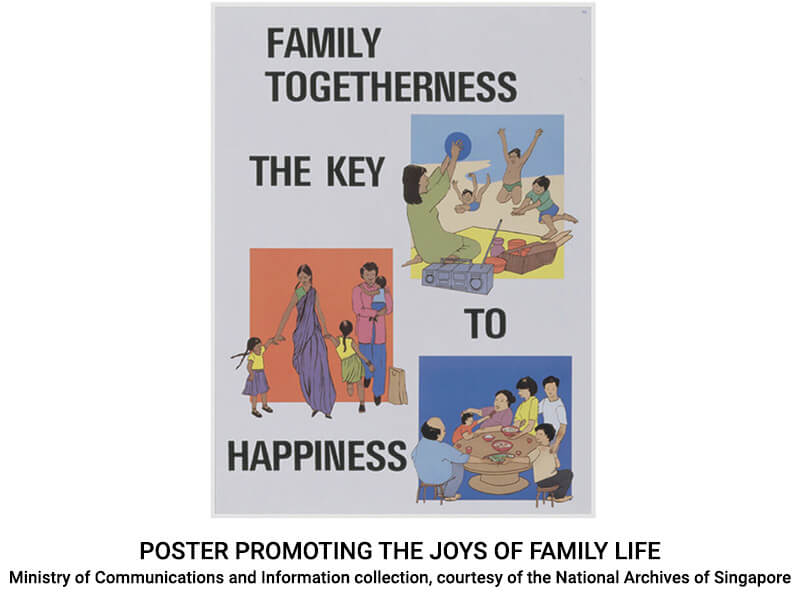

The Baby Bonus scheme offers cash grants to new parents. It is part of the 1st Marriage and Parenthood Package (M&P). The package includes helping couples get a home more quickly, and increasing infant and childcare facilities. The TFR slides below 1.5.
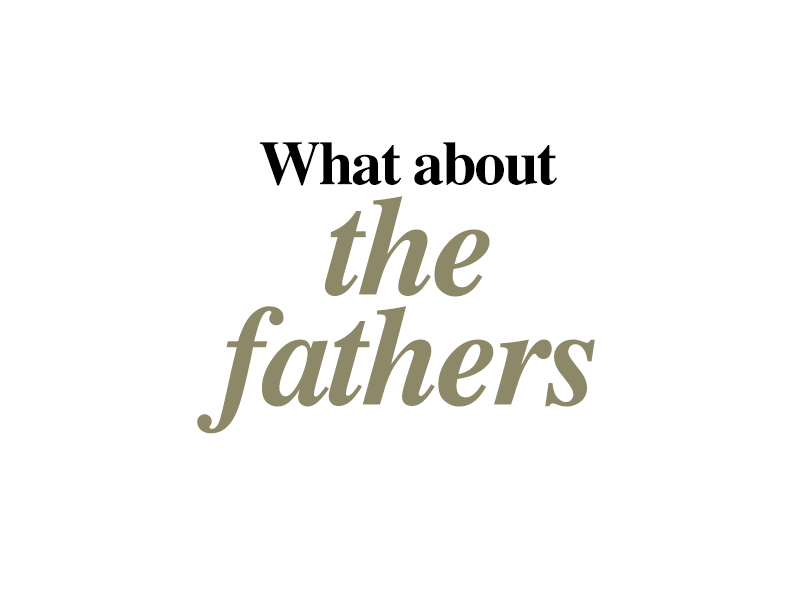
The 2nd M&P is announced, with a third in 2008. Women’s groups and others continue to say that it is not enough to offer all these incentives. Attitudes need to change. Fathers must play an equal part in parenting.
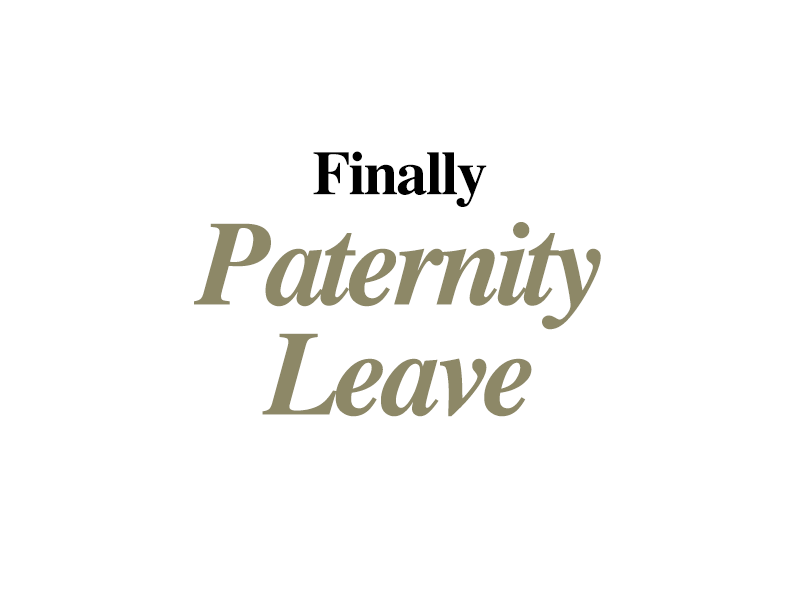
In the 4th M&P, finally, the father’s role is acknowledged. Paternity and shared parental leave is introduced. Fathers can claim 1 week of paternity leave, and share 1 week of their wife’s maternity leave.
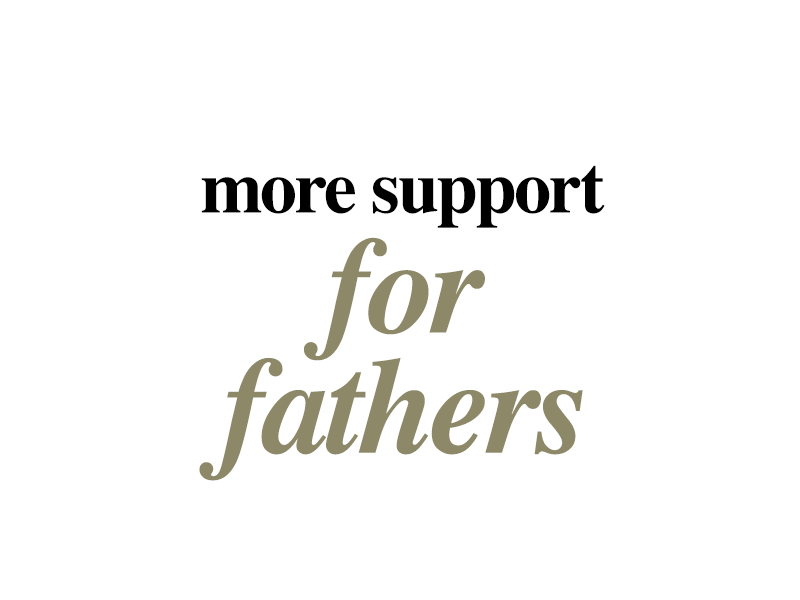
Paternity leave increases to two weeks. Shared parental leave goes up from one to four weeks. But the TFR still keeps falling.
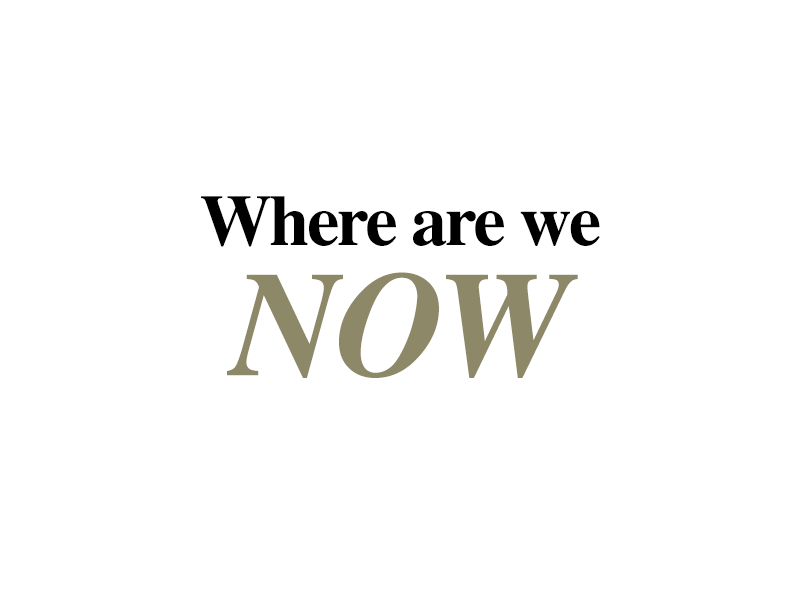
The efforts to encourage more babies continue. The 45-year age limit for women to undergo IVF is removed, and more generous childcare subsidies are announced. The TFR hovers below 1.2, and immigration is what keeps the population from shrinking.
As the population ages, more attention is paid to the needs of older Singaporeans, especially women who quit their jobs to look after family members and who may thus have inadequate resources for their old age.

IN A CLASS OF THEIR OWN
In the 1950s, there were still many families that saw no need for daughters to be educated. Or if girls did go to school, they were not expected to seek further education since their role in life was to get married and have children. In 1965, more than half of Singapore’s women were illiterate. Change began when, in the 1960s, Singapore started its industrialisation drive. A large and skilled workforce became critical. Womanpower was needed, and this meant women needed to be educated. Schools were rapidly built, teachers were trained and parents encouraged to send all their children to school. But for many years, the official signals about women’s role were mixed – they were needed at the workplace and also in the home.

Since 1959, a total of 83 new schools have been built – roughly one school a month. There are plenty of places in schools and pretty much all children, girls and boys, are now getting an education.

An industrialising economy needs people with technical skills. So the Education Ministry starts a Technical Education Department. Starting in 1969, all lower secondary boys will have to attend technical classes. Girls will have to do domestic science, but can also take technical subjects.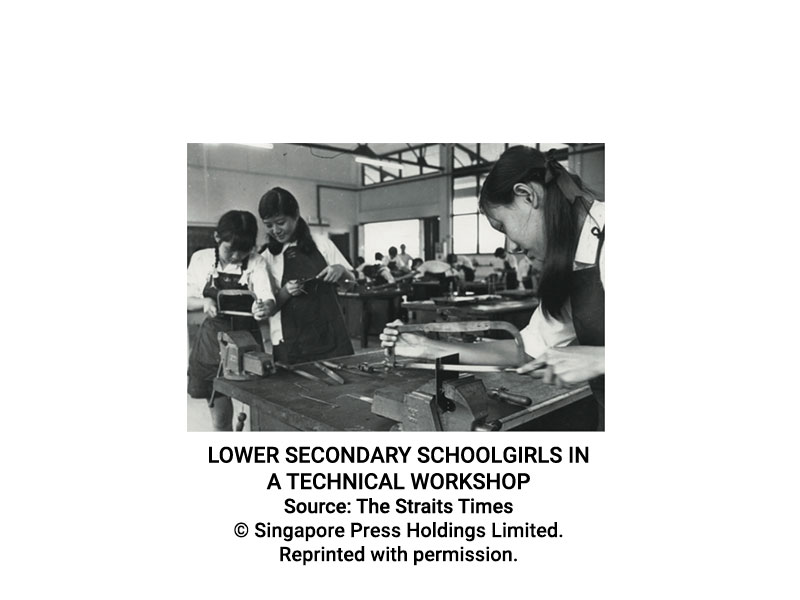
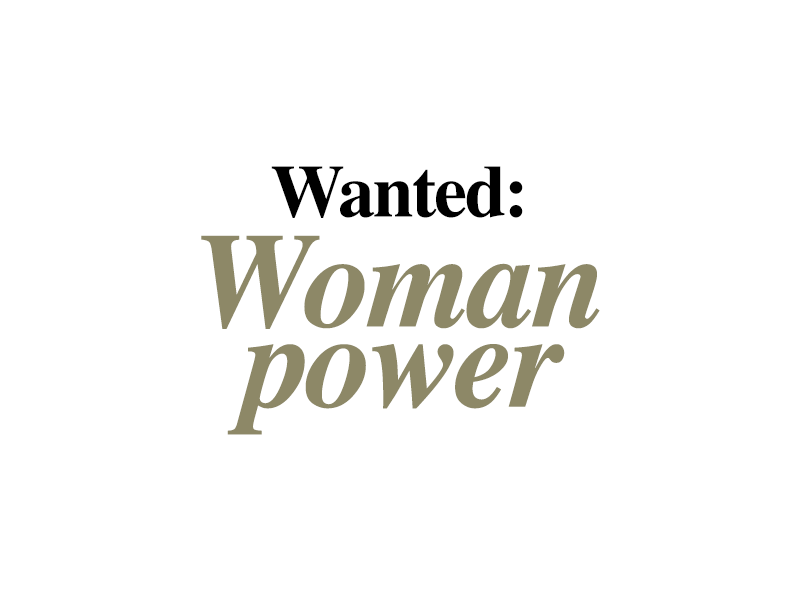
Science and Technology Minister Toh Chin Chye, speaking at the Tanjong Katong Girls School, says Singapore’s labour shortage means women are needed to fill the gap. He adds: “Educational opportunities for both boys and girls are equal. In reality, boys predominate in certain occupations like engineering. But this is due more to social and parental attitudes – not because girls lack the brains.”
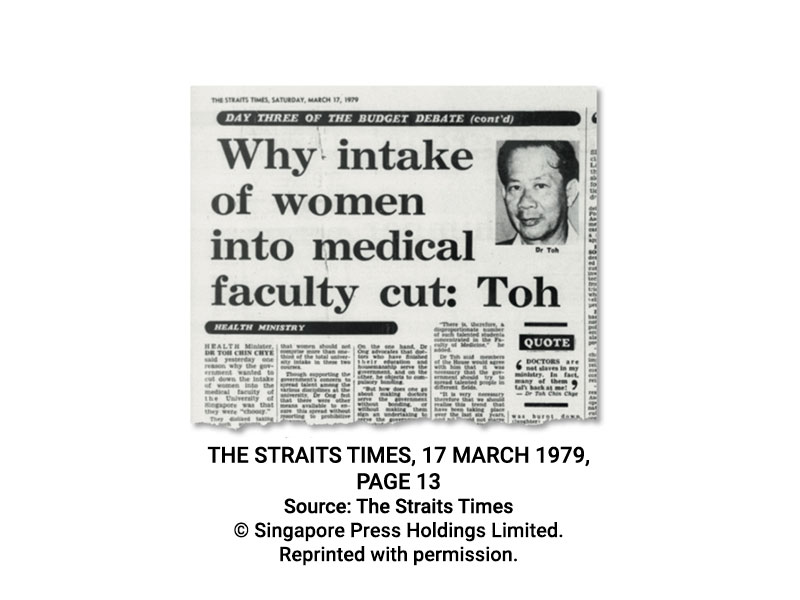
The Health Ministry announces that the number of women admitted to the medical faculty will be limited to one-third of the total intake each year. Doctor training is costly, the ministry says. Women doctors, especially after marriage, cannot be given duties as easily as male doctors, so the investment in them is wasted.
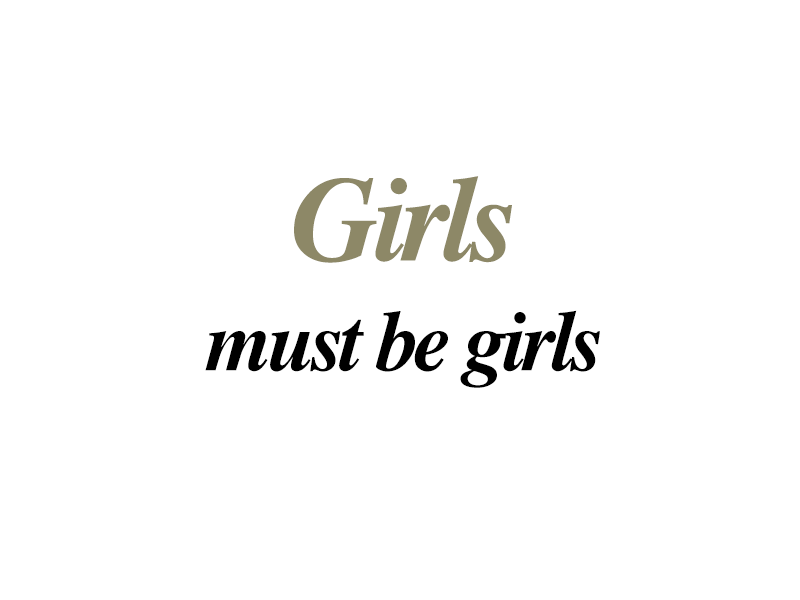
Minister of State for Education Tay Eng Soon tells principals that girls should be able to cook, sew, look after babies and run the home. The ministry is thus making it compulsory for all girls in lower secondary school to do home economics. This would be more useful to them than technical studies.
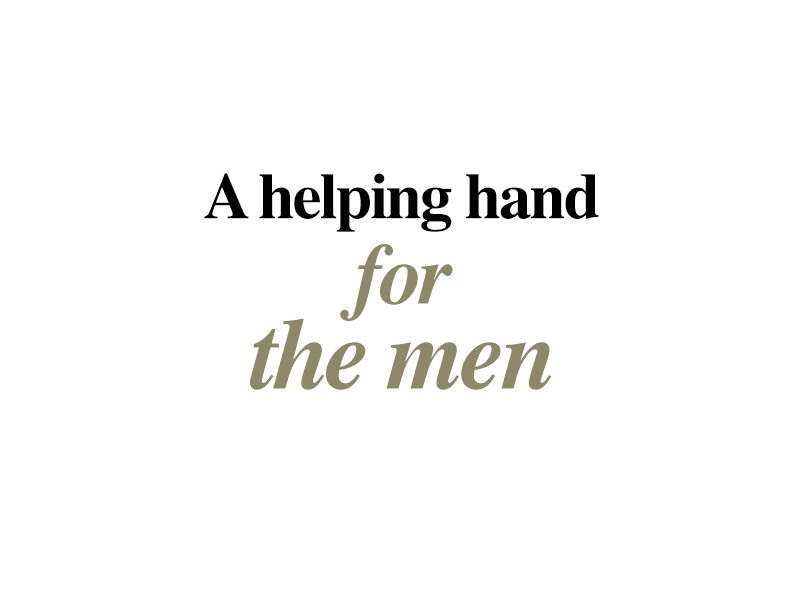
Young men are having problems meeting the National University of Singapore’s second language entrance requirements, and the sex ratio has begun to swing towards women. So the university adjusts the criteria to make it easier for men to get in.
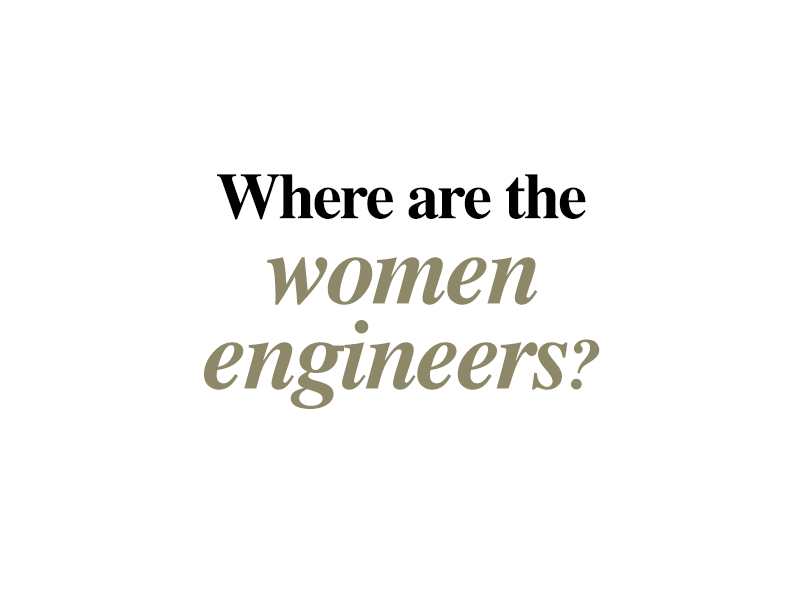
The National University of Singapore and the Nanyang Technological University launch publicity programmes to persuade women to pursue engineering. Demand for engineers is growing and they are keen to tell women that engineering is not a ‘big, butch and masculine’ profession.
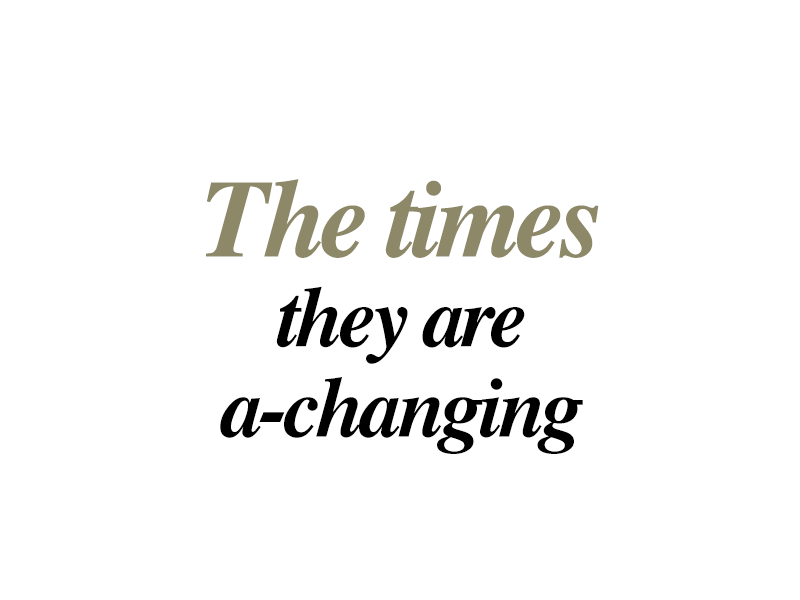
The Education Ministry announces that, starting from 1994, all secondary students will have to do home economics, and also design and technology. It acknowledges that the changing socio-economic norms mean women and men have to play complementary roles in managing the home.

After 23 years, the Health Ministry finally lifts the quota on the number of women entering medical school. The dropout rate of women doctors has fallen, the ministry explains, and we need more doctors.

At all levels of education, there is pretty good gender balance, as has been the case for some time. At the universities, there are as many women as men, and the numbers are almost even in the schools and polytechnics.
But across the disciplines there are still gaps. Women account for only between 25% and 35% of the intake for engineering and computing degrees, while they make up two-thirds or more of the intakes for the humanities and social sciences, and education.

If you want equality of treatment with boys, you too must prepare yourselves for the change- over to technical and vocational education. For obvious reasons we cannot let all the boys go to the technical institutions and leave all the girls in the academic schools. In other words, you girls have to work as hard as the boys, and become not just good housewives but economic assets as well.
at St Margaret’s Secondary School speech day, July 1968.

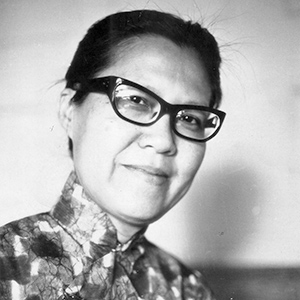
Ruth Wong Hie King
Pioneering educator who transformed teacher training in Singapore
Ruth Wong was the first woman principal of the Teachers’ Training College and the founding director in 1973 of the Institute of Education (now known as the National Institute of Education). Ruth introduced a multi-disciplinary approach to teacher training, with an emphasis on collaborative learning and the use of objective and research-based assignments to replace examinations. The curriculum for teacher education she developed aimed to build the teacher’s professional competence as well as the student’s personal growth. She transformed teacher training and helped to raise the status of teachers both academically and professionally.
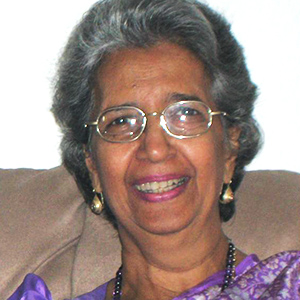
Leaena Tambyah
Pioneering social worker and advocate for special needs children
Leaena Tambyah devoted a large part of her life to helping others, especially youngsters with special needs. In 1979, she started a playgroup for children with multiple disabilities who no school would accept. The Handicapped Children’s Playgroup was awarded the United Nations Community Excellence Award in 1986. The playgroup, which Leaena chaired from 1979 to 1985, has developed into the AWWA School, which teaches such children life skills. Leaena also founded in 1991 AWWA’s programme to support the integration of children with disabilities in mainstream schools.
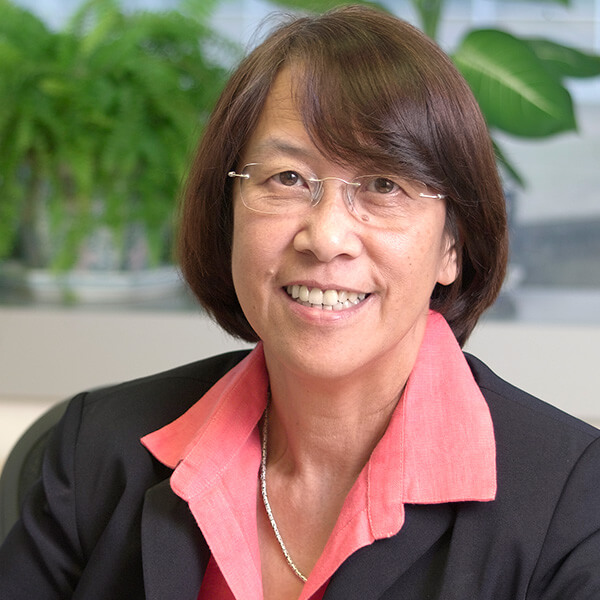
Miranda Yap
Pioneer of biomedical sciences in Singapore
Miranda Yap played a pivotal role in the development of biomedical sciences in Singapore. As the head of the Bioprocessing Technology Institute and the A*STAR Graduate Academy, she guided the development of specialised scientific institutions and built a highly skilled research and development talent pool. Also a professor in the Chemical and Biomolecular Engineering Faculty at NUS, Miranda was passionate about nurturing scientific talent. She started many initiatives to cultivate students’ interest in science and to get young Singaporeans to pursue careers in science and technology.
WHEN WILL THE VIOLENCE END?
Violence against women, particularly domestic and sexual violence, has long been a major problem. And for a very long time, women suffered in silence. What happened in the home was seen as a private matter, and the authorities had limited scope to take action. When Singapore in 1961 passed the Women’s Charter and gave women equal rights with men in a marriage, nothing was said about protecting women from domestic violence. The police and hospitals had no training in how to handle rape cases, and women who reported rapes suffered further trauma and often also victim-blaming. Today there is greater understanding of the issues and better support for survivors. But the problem of violence against women continues.
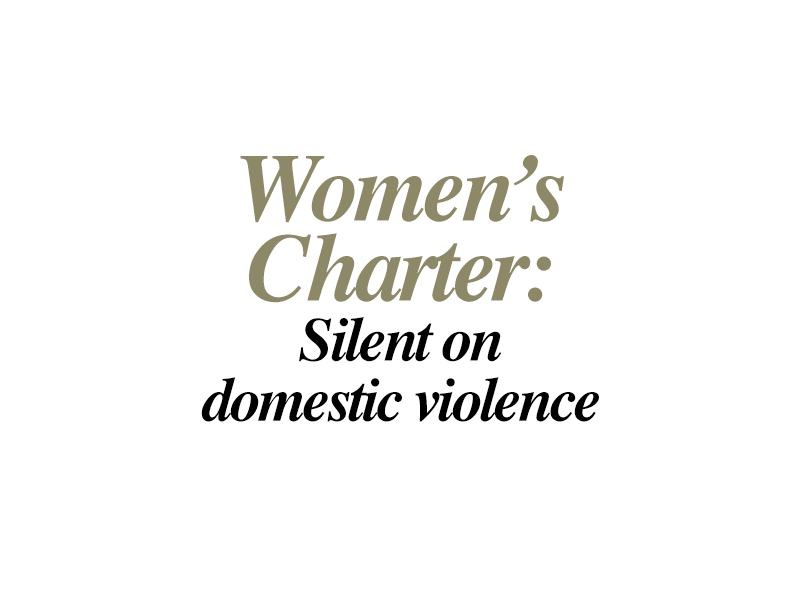
The landmark Women’s Charter bans polygamy for
non-Muslim women and gives women equal rights with
men in marriage, but it is silent on domestic violence.
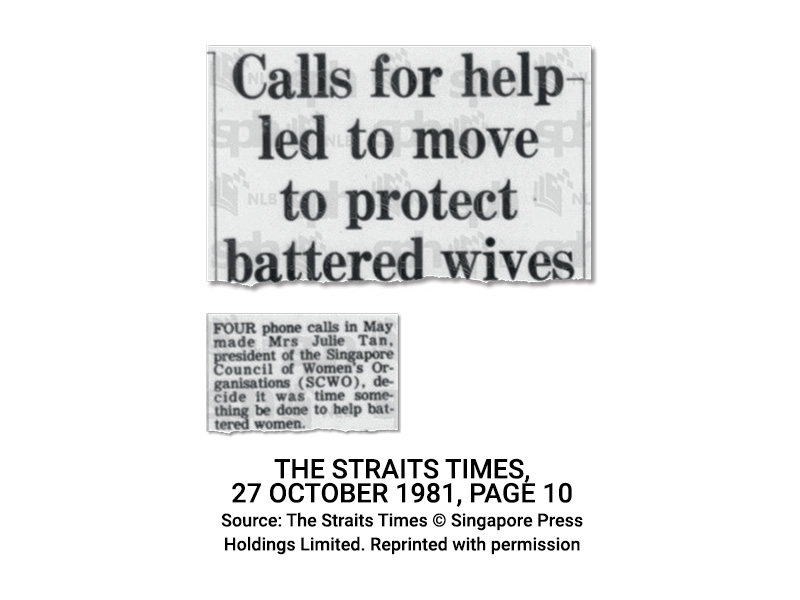
A year after it is formed, the Singapore Council of Women’s
Organisations (SCWO) holds a forum on Violence against
Women to create awareness of issues such as rape and wife battering, and to discuss how to help abused women and how to end the violence.
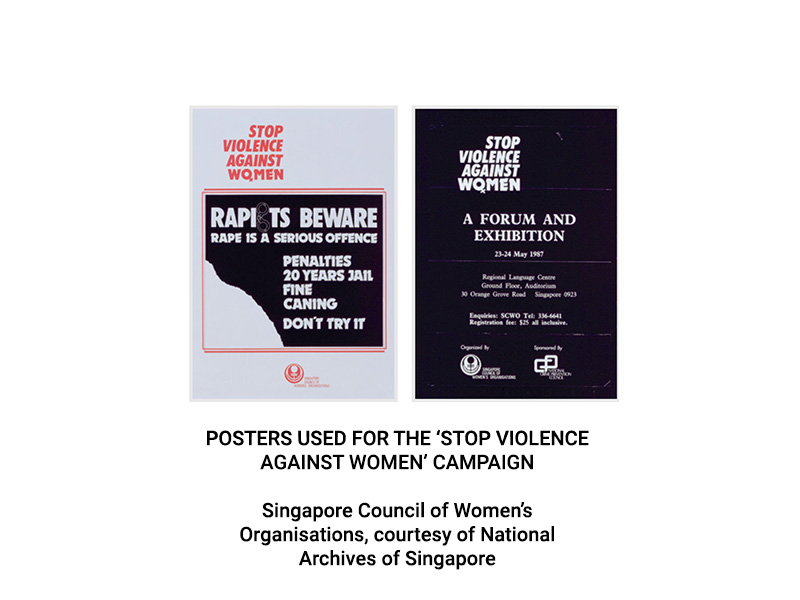
SCWO, the Association of Women for Advocacy and Research (AWARE), and the National Crime Prevention Council (NCPC) form the Task Force for the Prevention of Violence against Women. This leads to a year-long ‘Stop Violence against Women’ campaign.
The Society against Family Violence (SAFV) is formed. It works with the Police Academy on the first programme to train police officers to deal with domestic violence cases.
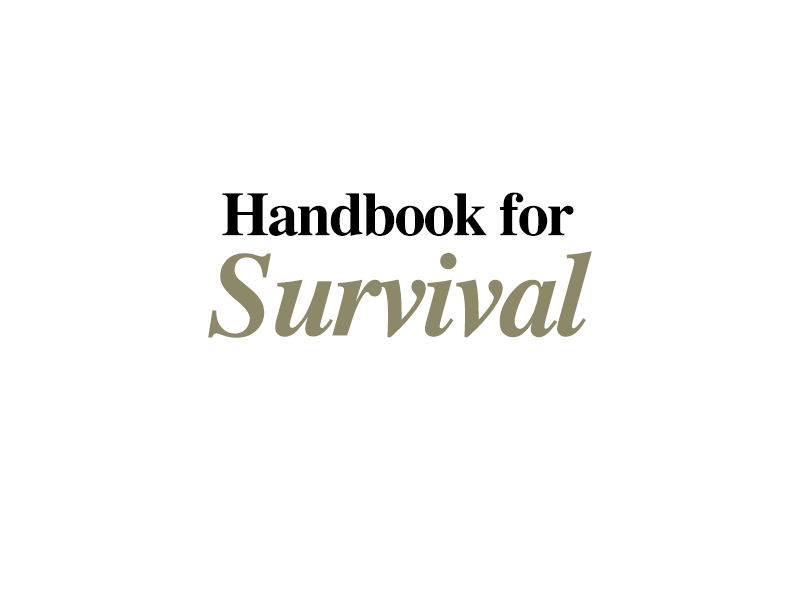
To wrap up the year-long ‘Stop Violence against Women’ campaign, the Singapore Association of Women Lawyers (SAWL) and AWARE publish Men, Women and Violence: A Handbook for Survival.
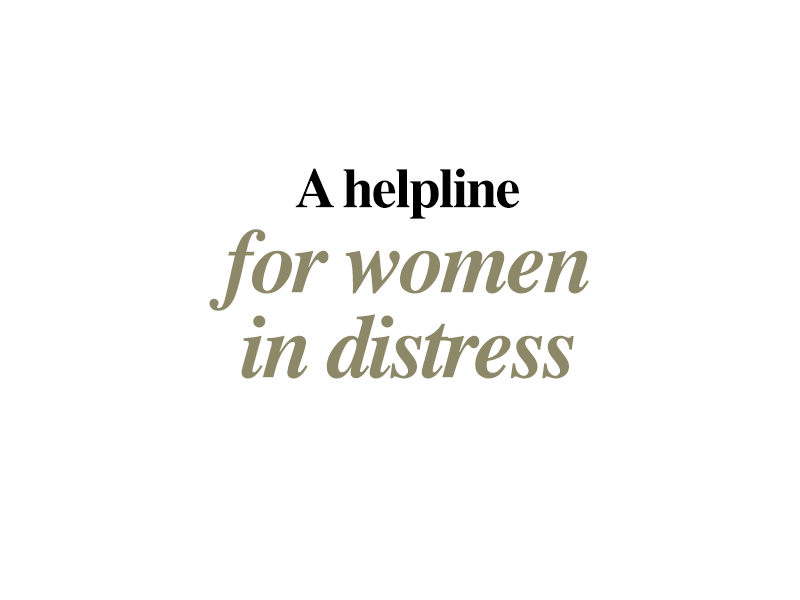
After a pilot project conducted with the help of two newspapers, The New Paper and Shin Min Daily News, AWARE launches a women’s helpline.
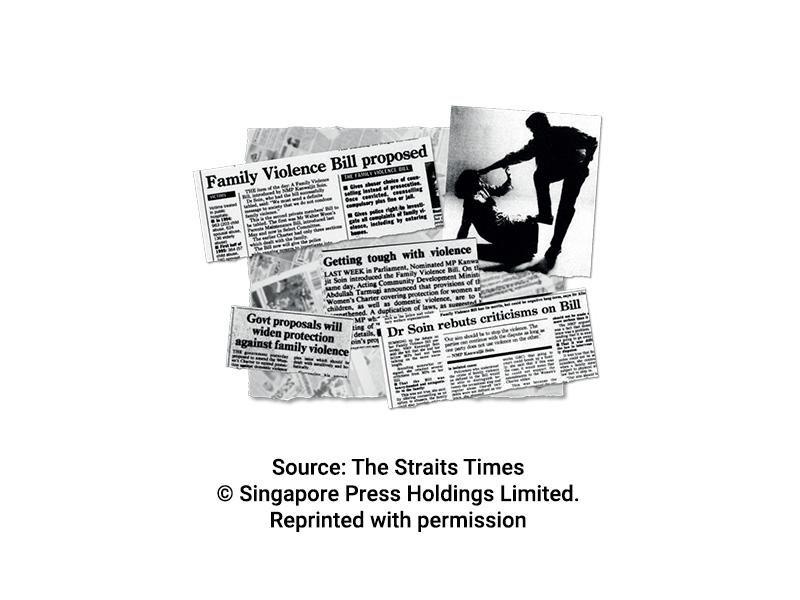
Nominated Member of Parliament Kanwaljit Soin tables the Family Violence Bill. It’s not passed but its key proposals are included when the Women’s Charter is revised in 1996.
Domestic violence is now recognised and addressed by the state.
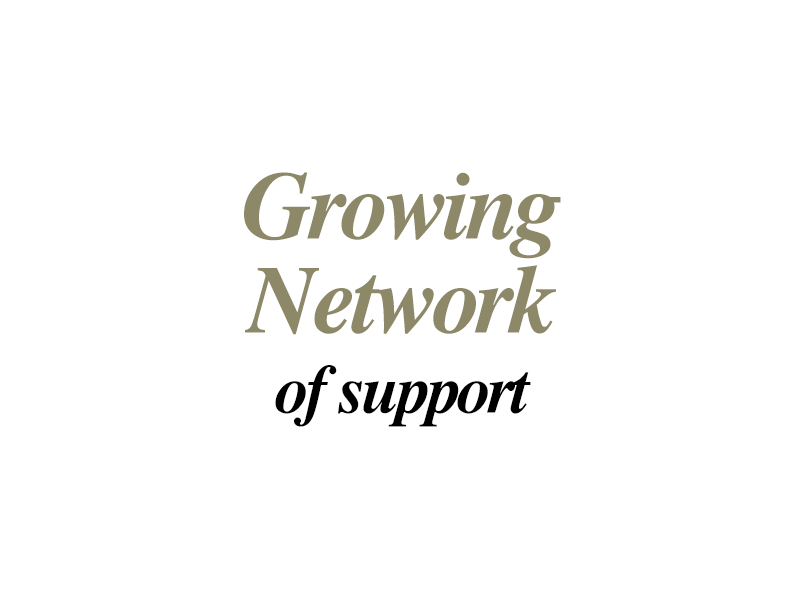
The National Family Violence Networking System (NFVNS) is set up to address the problem of family violence. It connects the police, hospitals, prisons, social service agencies, the courts and the Ministry for Social and Family Development (MSF).
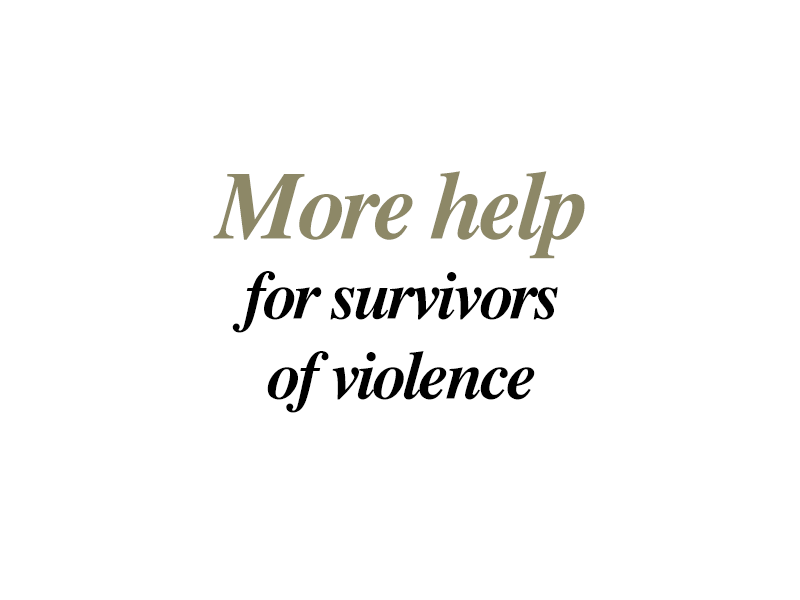
SCWO starts the Star Shelter, the first secular women’s shelter in Singapore. And Promoting Alternatives to Violence (PAVE) is set up to work with both perpetrators
and victims of interpersonal violence.
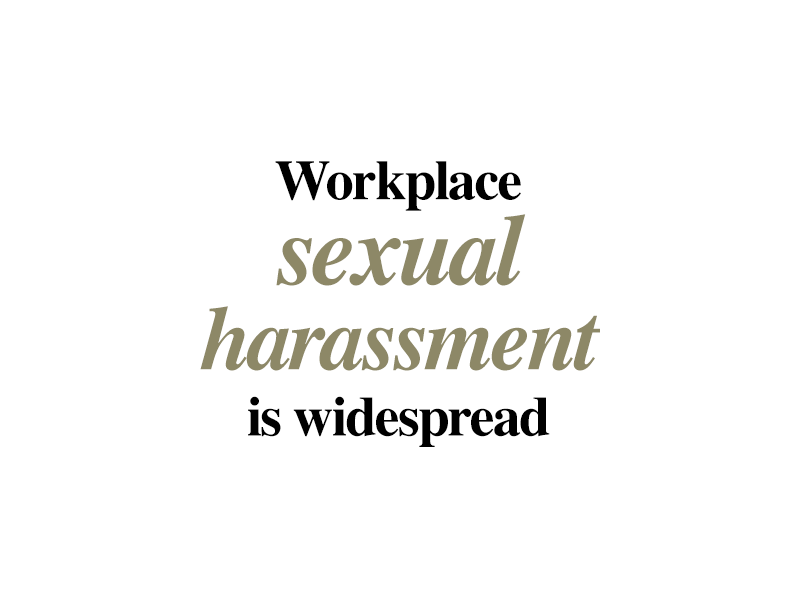
AWARE conducts a study of workplace sexual harassment and finds that 54% of respondents have experienced sexual harassment at work.
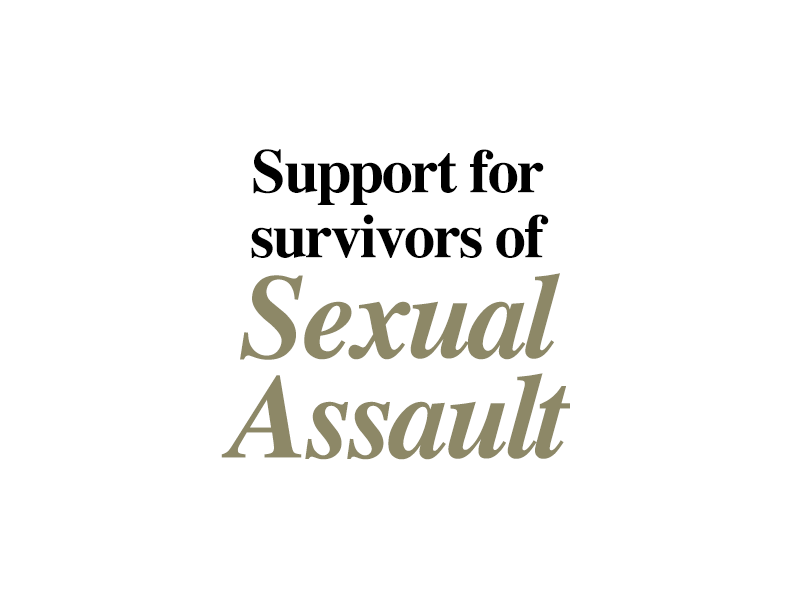
AWARE launches a care centre for survivors of sexual assault, the first such service in Singapore. Speaking at the launch, Law Minister K Shanmugam says he will repeal
an archaic law that allows an alleged sexual assault victim’s evidence to be discredited because of her sexual history.
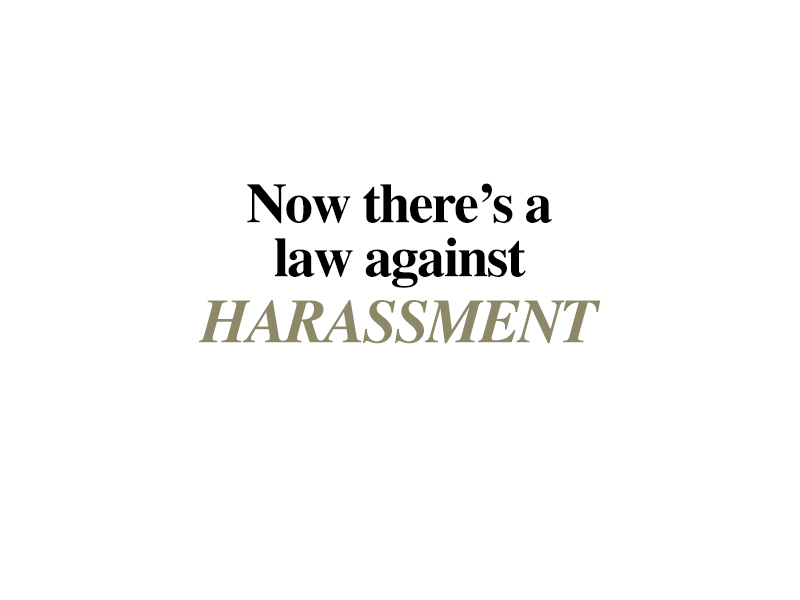
The Protection from Harassment Act comes into force and brings stalking and cyber bullying under the law.
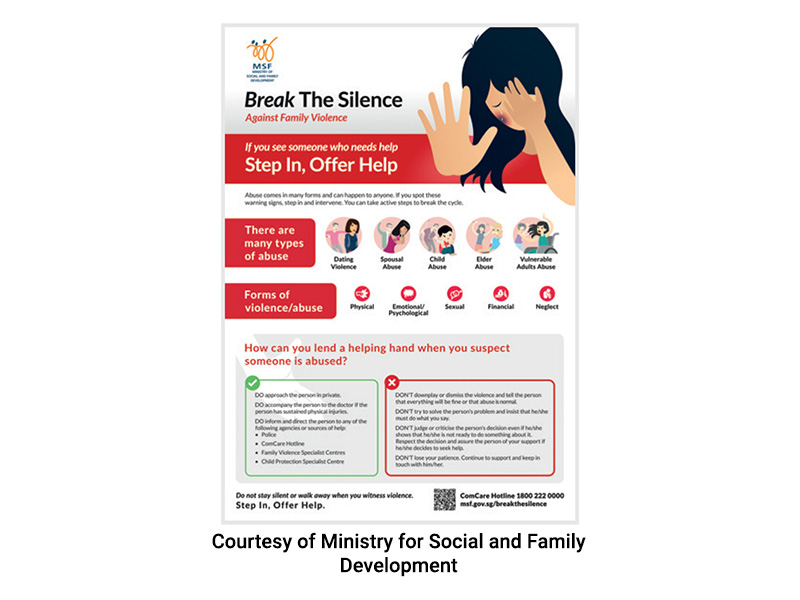
MSF launched a 3-year “Break the Silence” campaign in 2016. A survey finding showed that close to 42% cited family violence as a private matter and almost 37% cited not being sure of what family violence constituted.
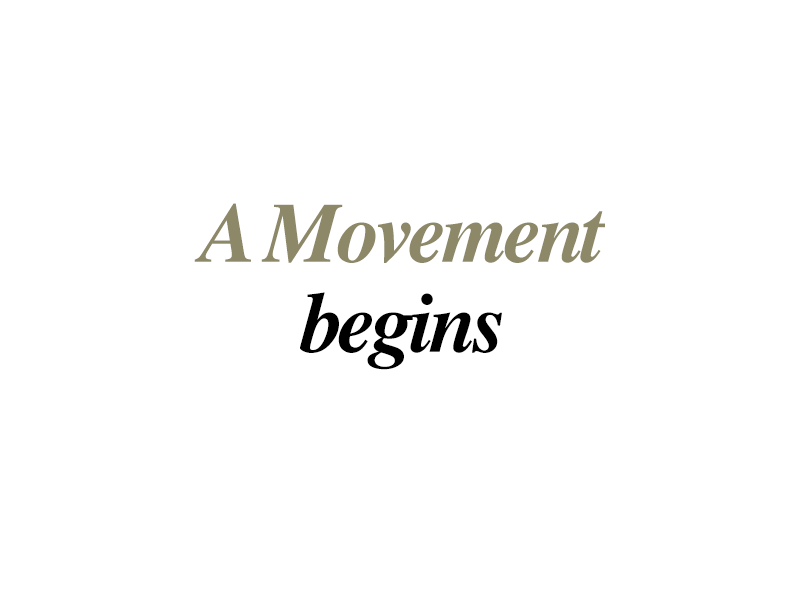
The #MeToo movement in the US, first launched in 2006, catches fire when dozens of women speak up about being harassed and assaulted by Hollywood mogul Harvey Weinstein. It ripples across the world, encouraging women to speak out and name their harassers.
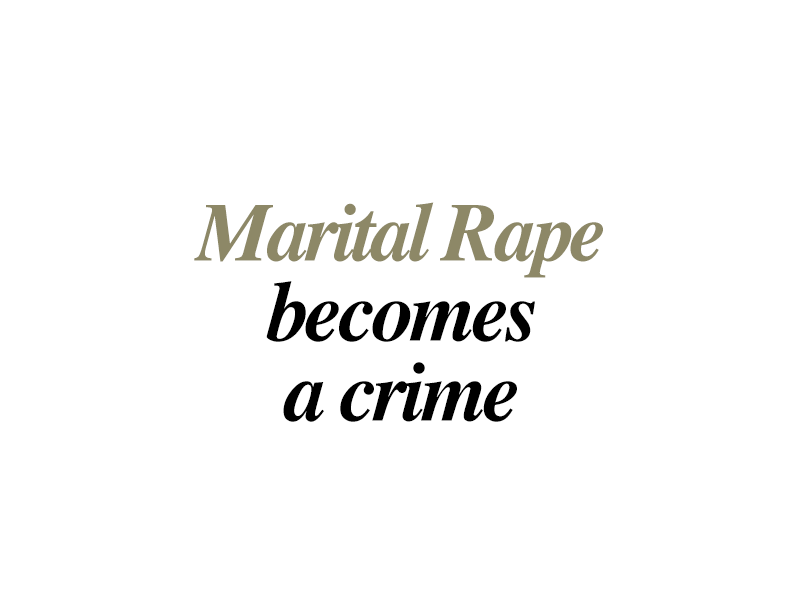
The Penal Code Review Committee recommends that marital immunity for rape be repealed. In 2019 Parliament passes the Criminal Law Reform Bill and soon marital rape will be treated as a crime.
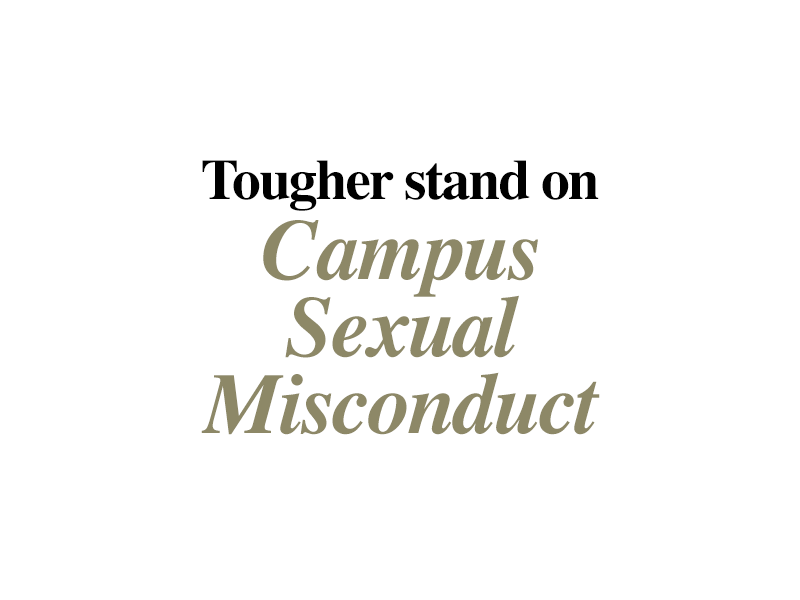
A National University of Singapore (NUS) student is filmed in the shower by a male student, and complains to the university authorities. Unhappy with the way the university handles the case, she takes to social media.
Education Minister Ong Ye Kung says NUS and all the other universities should take a tougher stand on sexual misconduct on campus. NUS improves support for victims, introduces harsher penalties for offenders, and tightens security on campus.

A woman's body is her own. And even if she's your wife,
she's entitled to say no - and no means no.
on the repeal of marital immunity for rape.

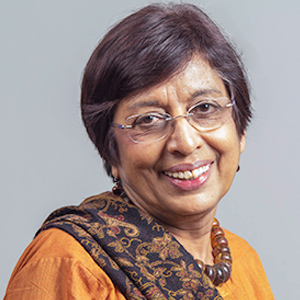
Kanwaljit Soin
Campaigner dedicated to improving the lives of women
A founding member of AWARE in 1985, orthopaedic surgeon Kanwaljit Soin was Singapore’s first female Nominated Member of Parliament from 1992 to 1996. In 1995 she tabled in Parliament the Family Violence Bill. It was not passed, but its key proposals – such as Personal Protection Orders for victims of domestic abuse − were later included in amendments to the Women’s Charter. In 1998 Kanwaljit started the Association of Women Doctors, and in 2007 she founded WINGS, which promotes active ageing for women.
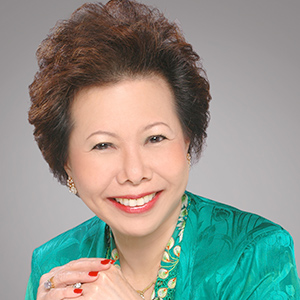
Anamah Tan
Lawyer and women’s rights activist
Anamah Tan was a founder member of the SAWL in 1974. She was also a founder member of the SCWO in 1980. As SCWO president from 1992 to 2000, Anamah was the driving force behind the establishment of the Star Shelter, Singapore’s first secular shelter for women in distress. In 2004, she successfully sought a seat on the United Nations’ Committee that monitors the progress of countries that have signed the Convention on the Elimination of Discrimination against Women.
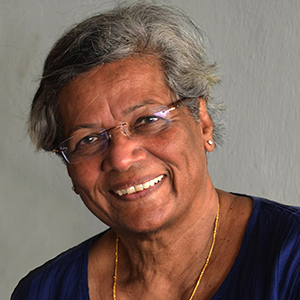
Constance Singam
Champion of civil society
Constance Singam’s journey as an activist began in 1986 when she joined an AWARE committee looking into violence against women. She was AWARE’s president in 1987 and 1988. Under her leadership, AWARE, together with SCWO and the National Crime Prevention Council, launched a year-long ‘Stop Violence against Women’ campaign. In 1990 Constance became SCWO president. During her two-year term as SCWO president, together with representatives from AWARE, SAWL, and Samaritans of Singapore, she initiated discussions with the police about the better handling of rape cases.
WOMEN AT WORK
In the late 1950s, only about one in five women of working age was employed. Many of them – about 28% − were in domestic service, working as amahs and cooks. Educational levels of women were low, and in any case there were not that many jobs available. Unemployment in Singapore was high at around 10%. In the 1960s, Singapore began an aggressive drive to attract foreign investment and create jobs. As factories and offices opened, women were needed as production workers and clerical staff. With the economy expanding rapidly, demand grew for womanpower. But who would man the home front? People, and the policymakers, began to grapple with the need for better child and family care support, and for a better balance of work and personal needs.
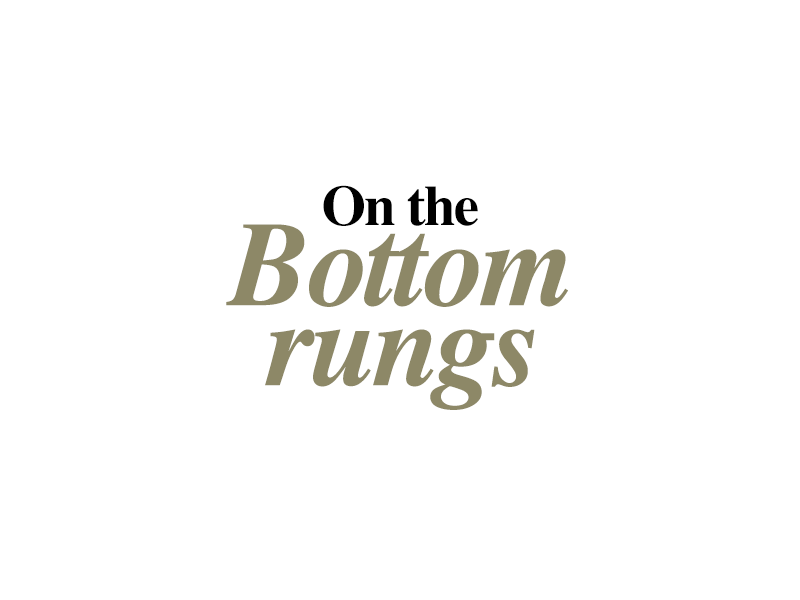
About one in five women of working age is in the labour force, and most are in low-level and poorly-paid production and related jobs. But more and more girls are going to school, so educational levels of women are rising.
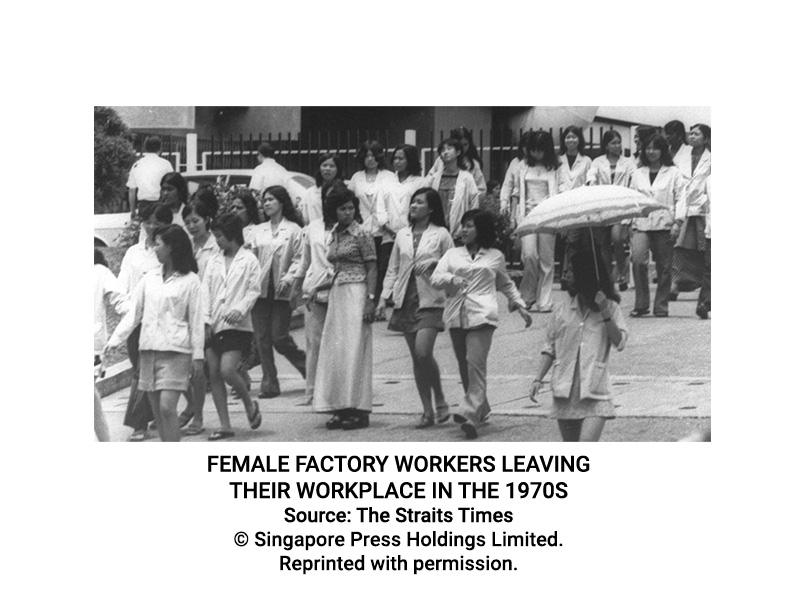
Women now make up a quarter of the labour force. While more than two-thirds are still in lower-level jobs such as production, a growing number are making their way into professional and technical jobs. But there are few in management.
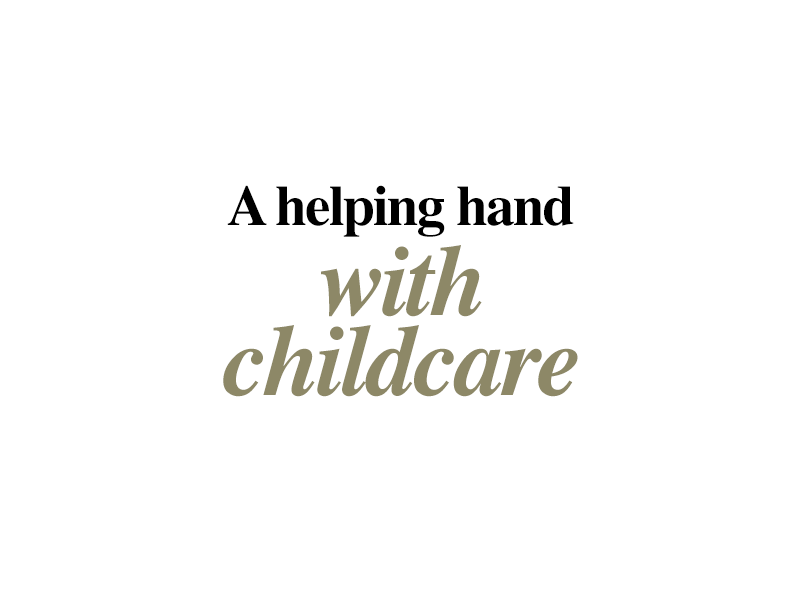
While more women are joining the workforce, once they start a family they tend to quit work permanently to look after the children. To make it easier for them to return to work, NTUC Childcare is set up to provide affordable childcare in housing estates.
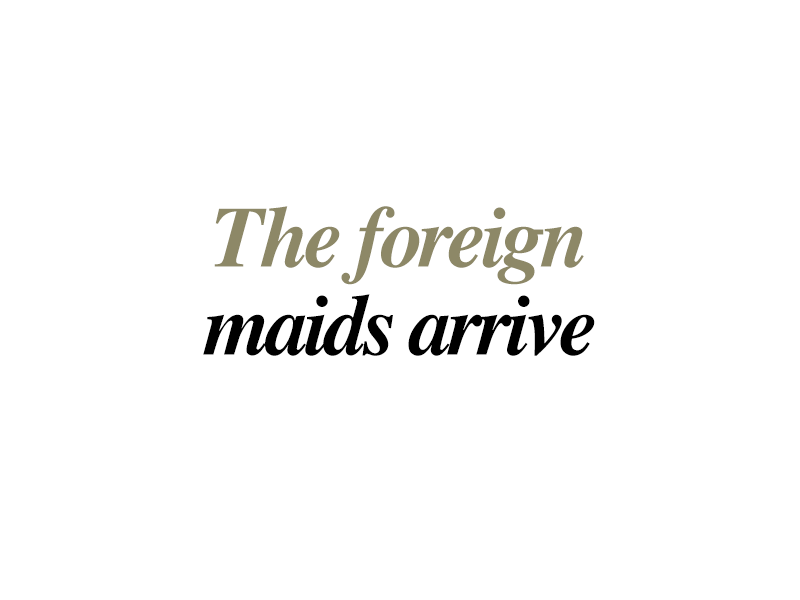 If women are to be able to stay in the workforce, they will need help with looking after the home. The Foreign Domestic Maid Scheme is introduced to allow the hiring of women from the region as live-in domestic workers.
If women are to be able to stay in the workforce, they will need help with looking after the home. The Foreign Domestic Maid Scheme is introduced to allow the hiring of women from the region as live-in domestic workers.
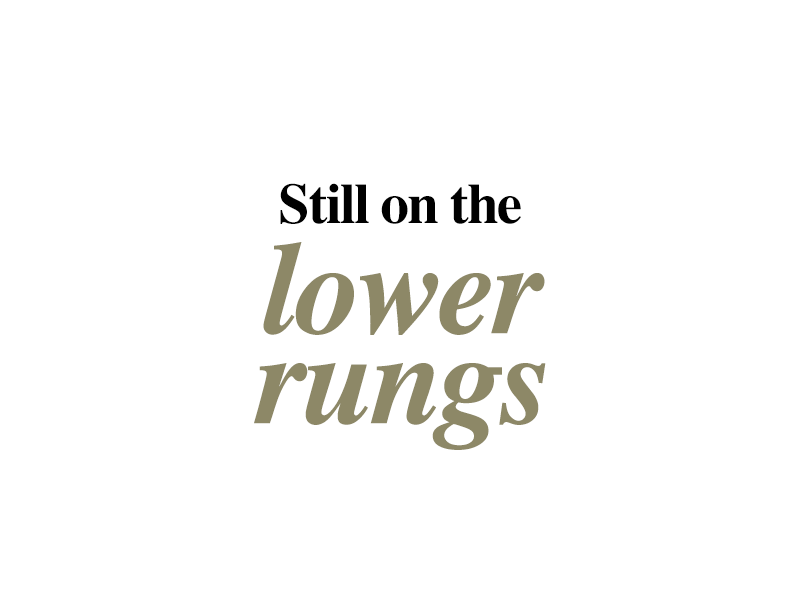 The female labour force participation (FLFP) rate is 40%. But women on average earn only about two-thirds of what men earn. Many are still in lower paid jobs, or they work part-time because of family responsibilities. This, and the preference of employers to hire and to promote men, limits their chances of career progress.
The female labour force participation (FLFP) rate is 40%. But women on average earn only about two-thirds of what men earn. Many are still in lower paid jobs, or they work part-time because of family responsibilities. This, and the preference of employers to hire and to promote men, limits their chances of career progress.
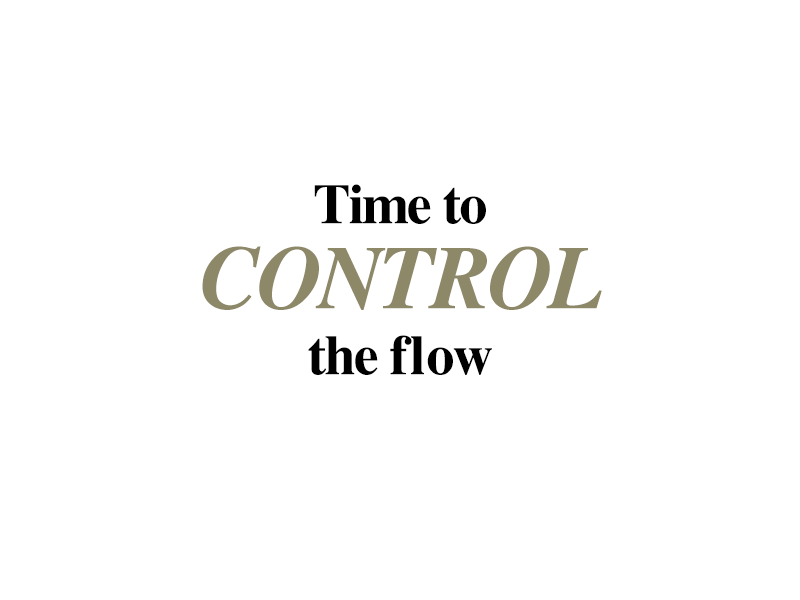 The Foreign Maid Levy is introduced to regulate the inflow of foreign domestic workers, or FDWs.
The Foreign Maid Levy is introduced to regulate the inflow of foreign domestic workers, or FDWs.
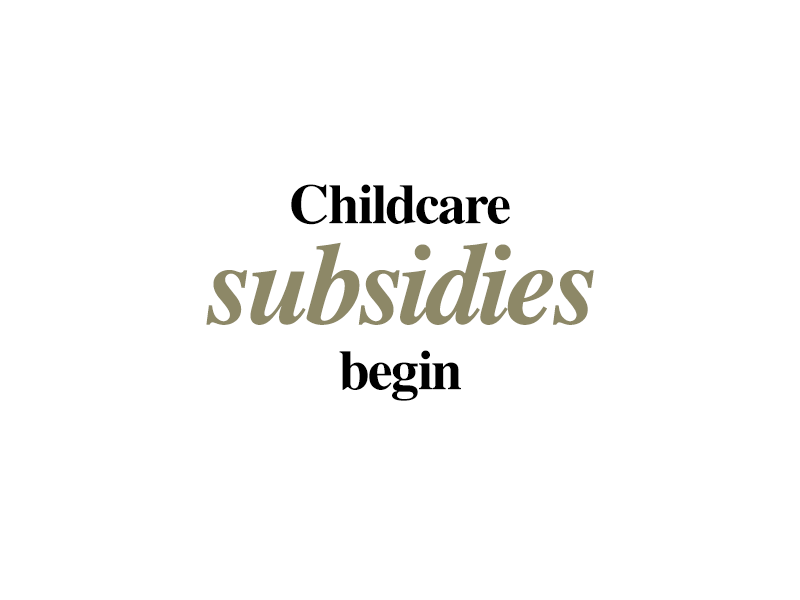 The government provides $100 childcare subsidies for all families, and encourages employers to adopt part-time and flexitime schemes for working mothers with young children.
The government provides $100 childcare subsidies for all families, and encourages employers to adopt part-time and flexitime schemes for working mothers with young children.
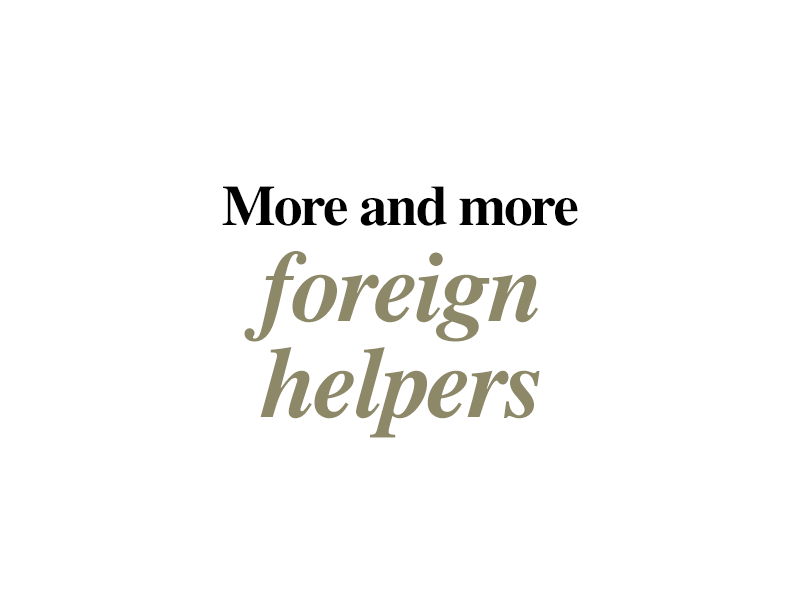 Ten years after the introduction of the Foreign Domestic Maid Scheme, there are more than 40,000 FDWs in Singapore. The Foreign Maid Levy is raised to regulate the flow. Over the years this levy will be tweaked again and again.
Ten years after the introduction of the Foreign Domestic Maid Scheme, there are more than 40,000 FDWs in Singapore. The Foreign Maid Levy is raised to regulate the flow. Over the years this levy will be tweaked again and again.
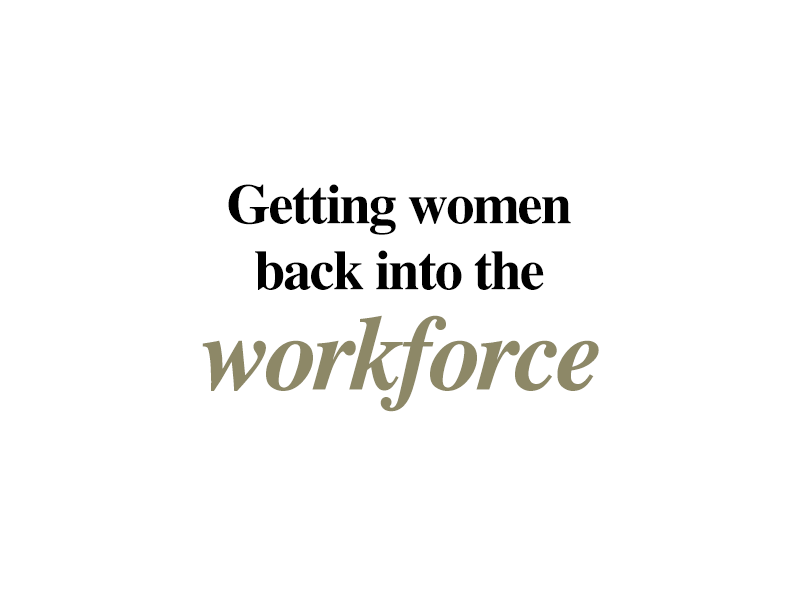 The NTUC starts looking at ways to encourage women to re-enter the workforce. The government comes up with regulations to protect work benefits on a pro-rata basis so that flexible part-time work will be more feasible.
The NTUC starts looking at ways to encourage women to re-enter the workforce. The government comes up with regulations to protect work benefits on a pro-rata basis so that flexible part-time work will be more feasible.
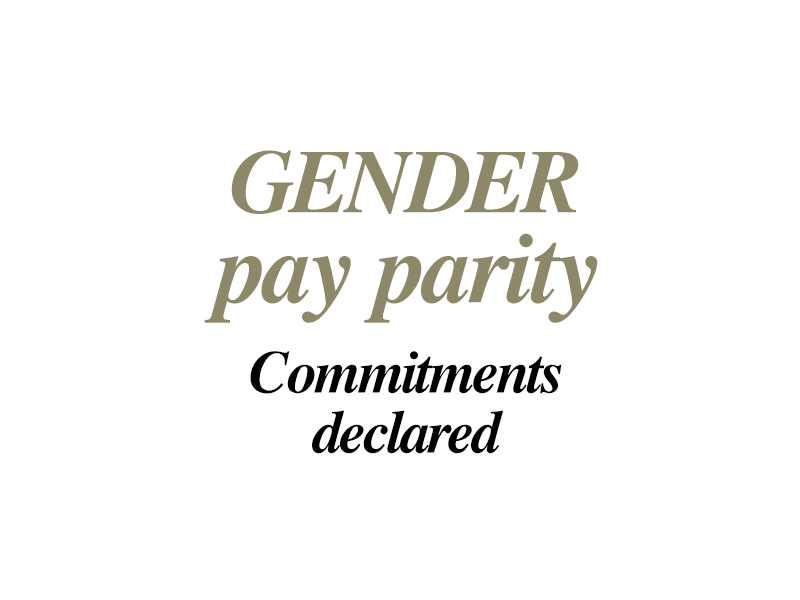 Singapore ratifies the International Labour Organisation’s Convention on Equal Remuneration. NTUC and the Singapore Employers Federation declare their commitment to gender pay equality. But the wage gap continues.
Singapore ratifies the International Labour Organisation’s Convention on Equal Remuneration. NTUC and the Singapore Employers Federation declare their commitment to gender pay equality. But the wage gap continues.
 A Work-Life Works! Fund is introduced to encourage employers to adopt flexible work arrangements so that their staff can better manage work and personal demands.
A Work-Life Works! Fund is introduced to encourage employers to adopt flexible work arrangements so that their staff can better manage work and personal demands.
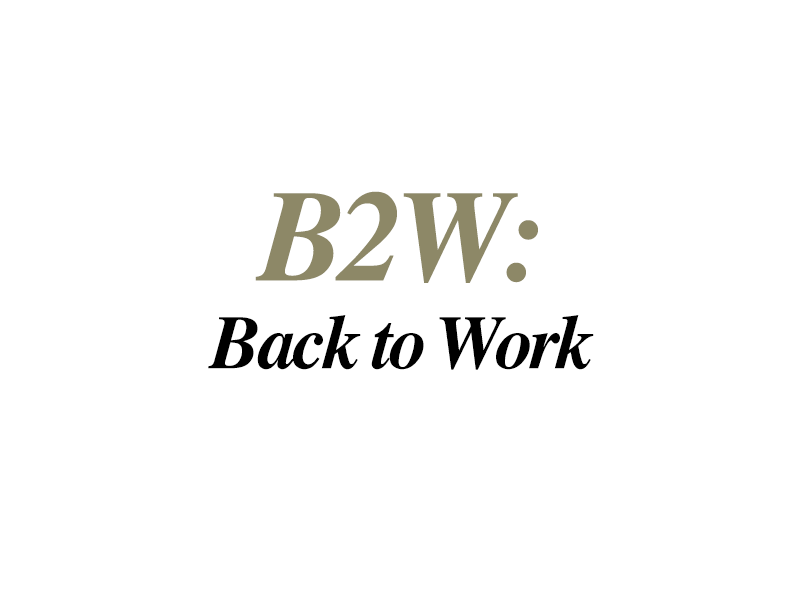 The NTUC launches the B2W Programme with a more structured approach to get women who have quit work upon starting a family to return to the workforce.
The NTUC launches the B2W Programme with a more structured approach to get women who have quit work upon starting a family to return to the workforce.
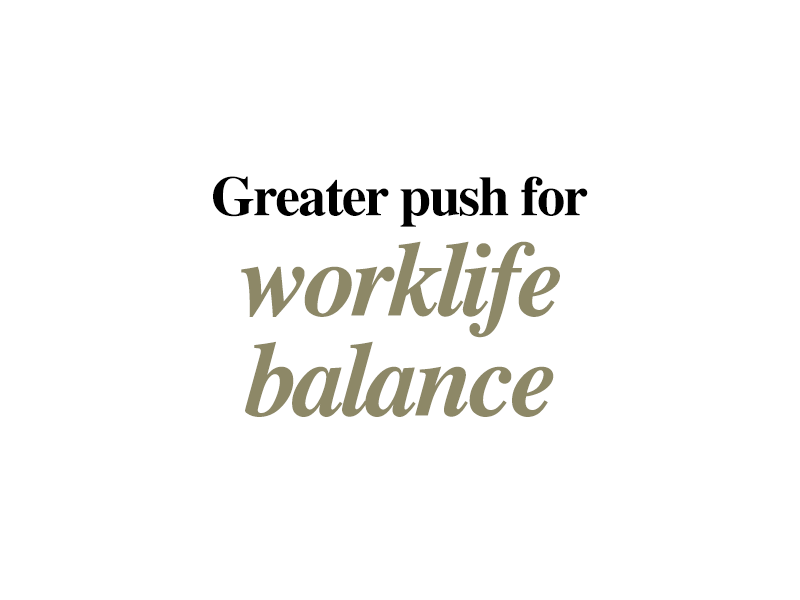 The Work-Life Grant replaces the Work-Life Works! Fund. This scheme is extended and enhanced in 2018 to incorporate more features supporting work-life flexibility.
The Work-Life Grant replaces the Work-Life Works! Fund. This scheme is extended and enhanced in 2018 to incorporate more features supporting work-life flexibility.

The FLFP rate is 60%. The Ministry of Manpower’s 2018 Comprehensive Labour Force Survey finds that one in four women aged 25 and above who is not in the labour force cites caregiving needs as her reason for not working.
There are 253,800 FDWs in Singapore at the end of 2018.
Estimates put the gender wage gap at between 9% and 13%. The gap is more pronounced in the sectors traditionally associated with women – health, education, social services.
The McKinsey Global Institute estimates that advancing gender equality could help expand Singapore’s gross domestic product by an additional US$20 billion, or 5%, by 2025.

WOMEN AND WORK:
THE OFFICIAL STAND
The only difference between men and women workers are the physical and biological ones. Women are equal to men in intellectual capacity. .... It has been government policy to encourage the education of women to their fullest ability and their employment commensurate with their abilities.
speaking at the NTUC’s International Women’s Year seminar, 1975.

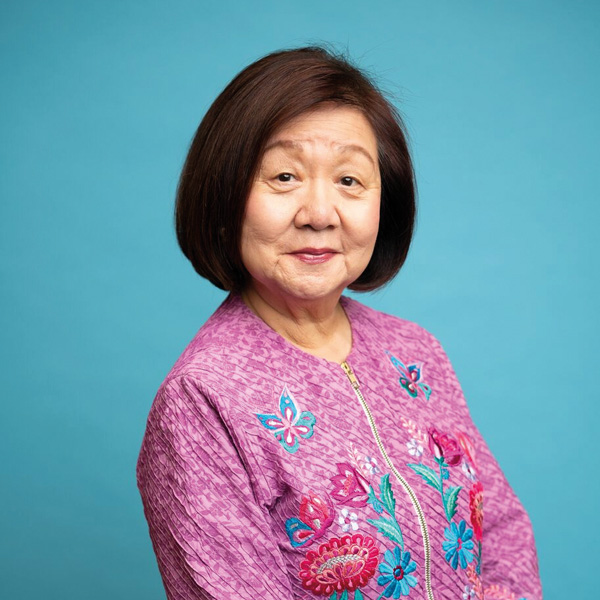
Jennie Chua
Icon of Singapore’s hospitality industry
Jennie Chua has, arguably, done more for Singapore’s hospitality industry than any other individual. She put Singapore in the top league of the global convention business; managed two prestigious brands, Raffles and Swissotel; and helmed The Ascott Group, a leading owner-operator of serviced residences. In 2009, Jennie became CapitaLand’s chief corporate officer, a post she held until she retired in 2012. She also became, in 2009, the chairperson of the Singapore International Chamber of Commerce, the first woman to hold the post in the chamber’s 172-year history.
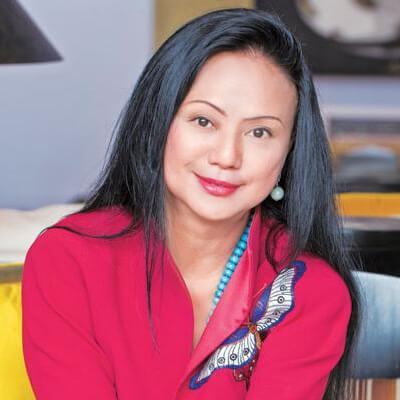
Claire Chiang
Champion of Corporate Social Responsibility
Claire Chiang co-founded the Banyan Tree group with her husband Ho Kwon Ping in 1994. Banyan Tree Gallery, which is the group’s retail arm, practices what Claire calls ‘community capitalism’ – it works with village cooperatives and not-for-profit marketing agents to create employment for artisans in the areas around the group’s resorts and hotels, and to help conserve local culture and heritage. The traditional Asian village craft items that these cooperatives make are sold at Banyan Tree’s more than 70 outlets around the world.
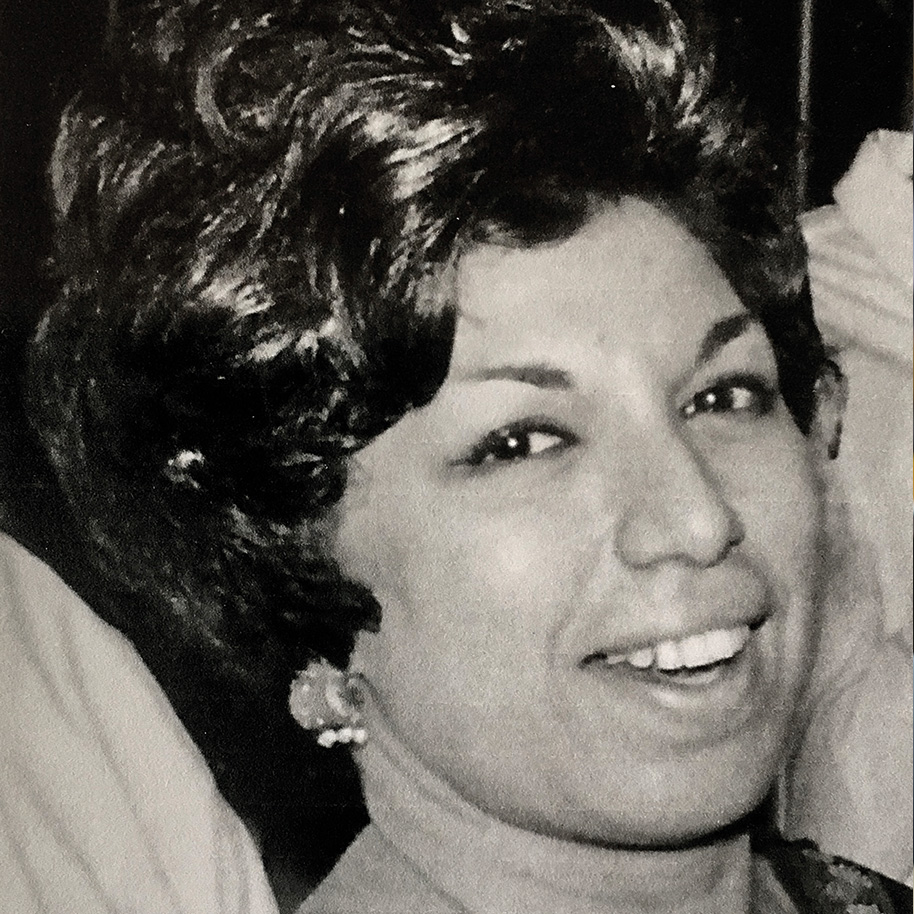
Daisy Devan
Singapore’s Mother Music
Singapore’s local music industry’s golden era was the 1950s and 1960s, with many singers and bands performing live and on radio and TV, and making records that sold well. At the heart of it all was Daisy Devan. In 1957 she was the first Asian to take the helm of a record label in Southeast Asia. As EMI’s Artistes and Repertoire Manager in Singapore, Daisy nurtured the careers of The Quests, Sakura Teng, Rita Chao, Anita Sarawak, Tracy Huang, Sharifah Aini, and many others.
WOMEN AT THE HELM
Unsurprisingly, there were hardly any women in leadership positions in the 1960s. The push for girls to be educated had only got under way in earnest in the past decade. In 1965, half of Singapore’s women were still illiterate. Women were only just beginning to leave the home and kitchen for low-level jobs in factories and offices. A few women were active in politics, but from 1970 to 1984 Singapore’s Parliament was all male. The first cracks in the glass ceiling appeared in the 1980s and – slowly – women began to move into senior positions and to head organisations in the private and public sectors.
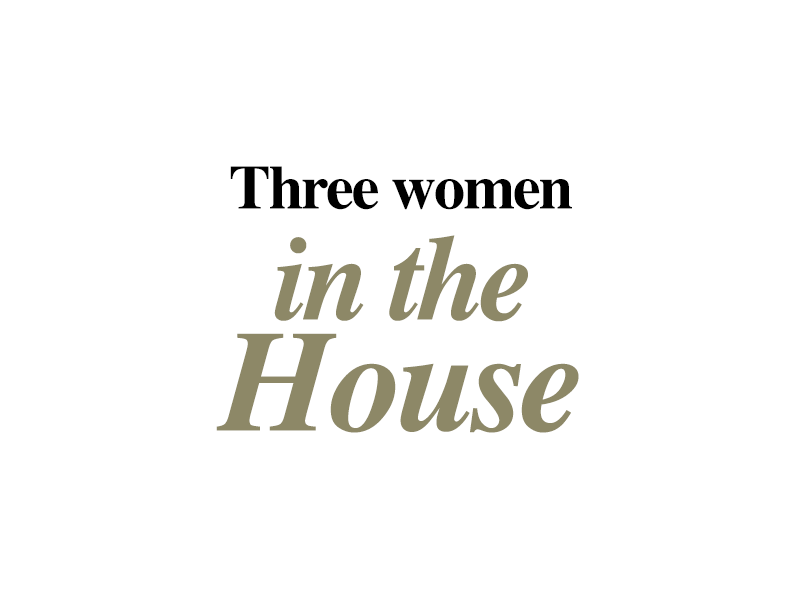 There are three women in independent Singapore’s first Parliament – Chan Choy Siong and Mrs Devan Nair of the People’s Action Party (PAP) and Loh Miaw Gong of the Barisan Sosialis.
There are three women in independent Singapore’s first Parliament – Chan Choy Siong and Mrs Devan Nair of the People’s Action Party (PAP) and Loh Miaw Gong of the Barisan Sosialis.
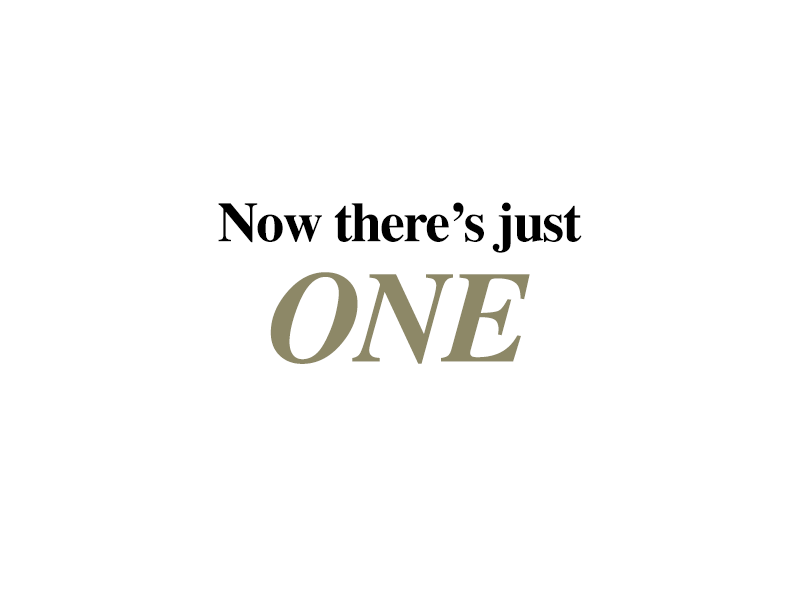 In independent Singapore’s first general election, only one woman – Chan Choy Siong – is elected to Parliament.
In independent Singapore’s first general election, only one woman – Chan Choy Siong – is elected to Parliament.
 Chan Choy Siong retires and the 14-year dearth of women parliamentarians begins.
Chan Choy Siong retires and the 14-year dearth of women parliamentarians begins.
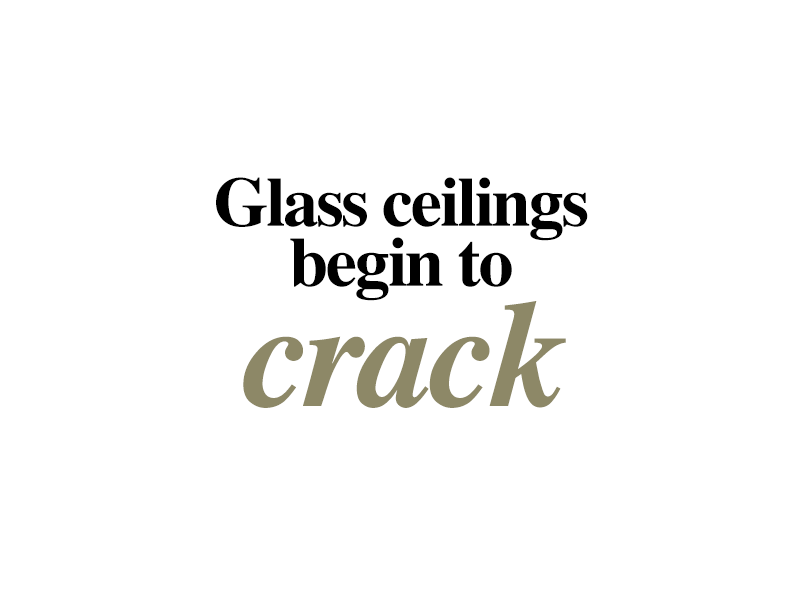 Fang Ai Lian becomes a partner in accounting firm Ernst & Young Singapore. She is made managing partner in 1996 – the first woman to head a global accounting firm in Singapore, and the first woman to run any Ernst & Young office worldwide.
Fang Ai Lian becomes a partner in accounting firm Ernst & Young Singapore. She is made managing partner in 1996 – the first woman to head a global accounting firm in Singapore, and the first woman to run any Ernst & Young office worldwide.
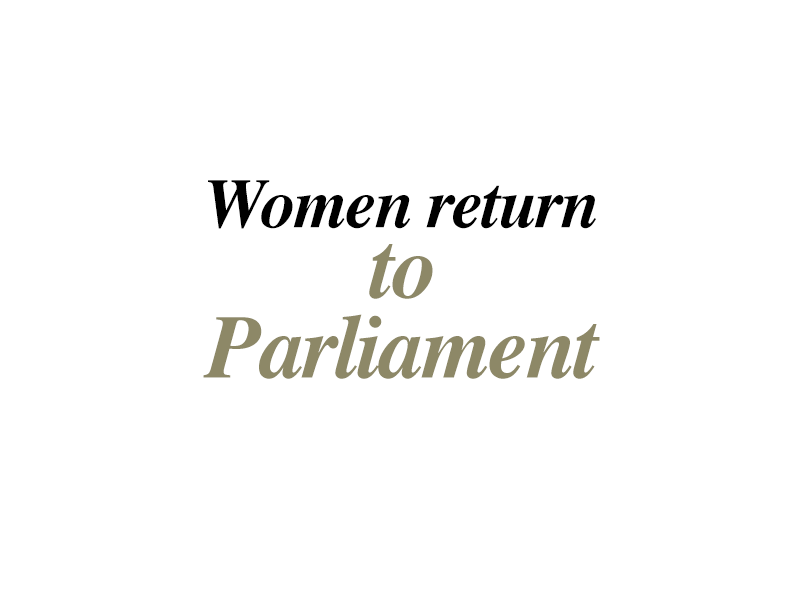
The PAP fields three women candidates in the General Election. All three − Aline Wong, Dixie Tan and Yu-Foo Yee Shoon – get elected and the House is no longer all male.
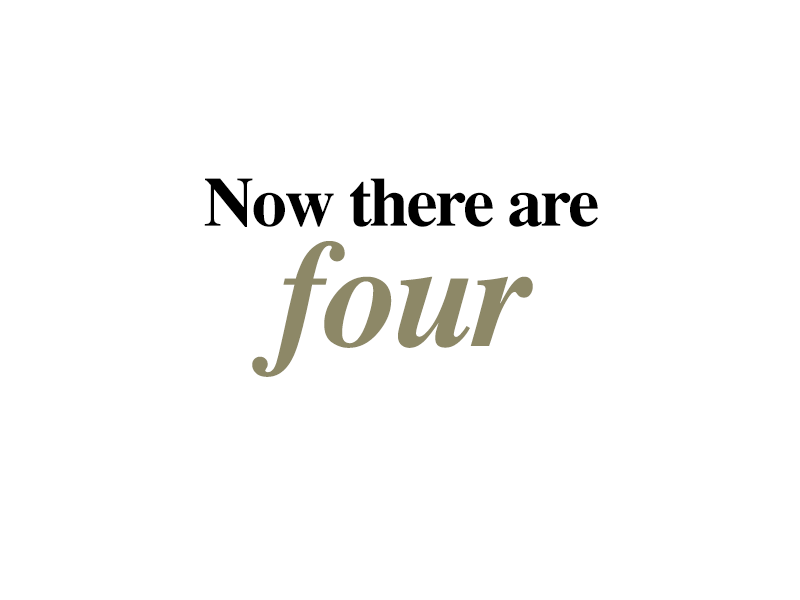
Seet Ai Mee is fielded by the PAP in the General Election and is elected. Singapore now has four women in Parliament. Ai Mee is made an Acting Minister in July 1991, but in the elections two months later, she loses her seat and retires from politics.
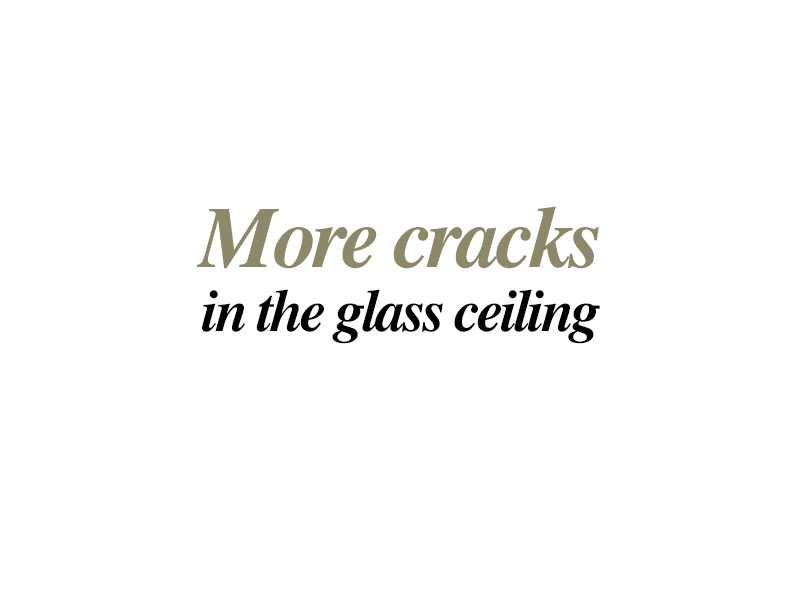 Theresa Foo becomes the first Asian female chief executive at Standard Chartered Bank. Earlier, in 1977, she was the first woman in Bank of America’s Singapore operations to be made a vice president.
Theresa Foo becomes the first Asian female chief executive at Standard Chartered Bank. Earlier, in 1977, she was the first woman in Bank of America’s Singapore operations to be made a vice president.

Claire Chiang is one of the first two women to be elected to the board of the 89-year old Singapore Chinese Chamber of Commerce and Industry.
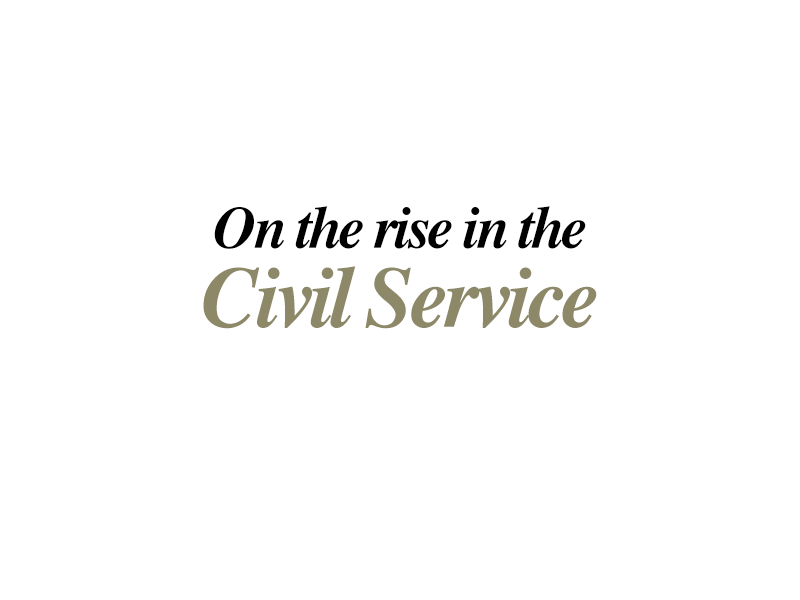
Lim Soo Hoon is the first woman to be made a Permanent Secretary. Five years later, Cheong Koon Hean is the first woman to head the Urban Redevelopment Authority, and in 2010 she becomes head of the Housing and Development Board.
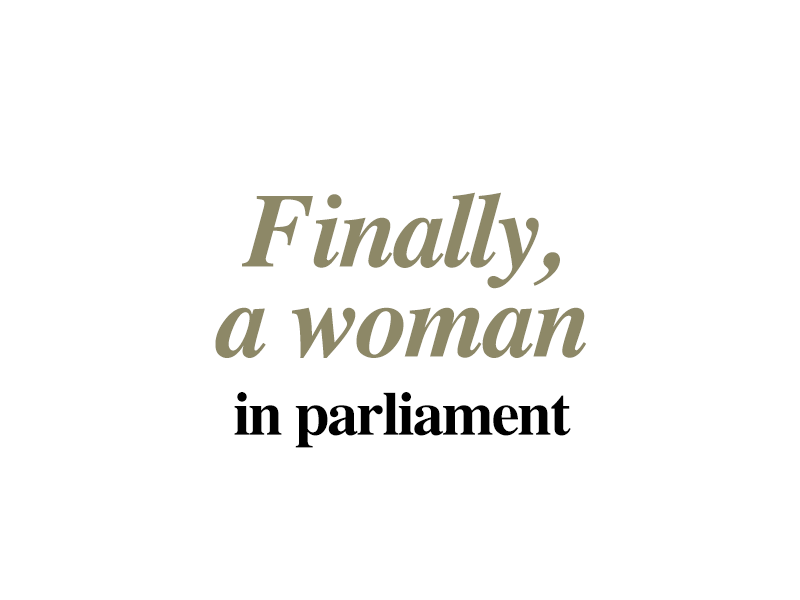 Lim Hwee Hua becomes the first woman Cabinet minister. But she loses her seat in the 2011 General Election and the Cabinet is once again all male.
Lim Hwee Hua becomes the first woman Cabinet minister. But she loses her seat in the 2011 General Election and the Cabinet is once again all male.
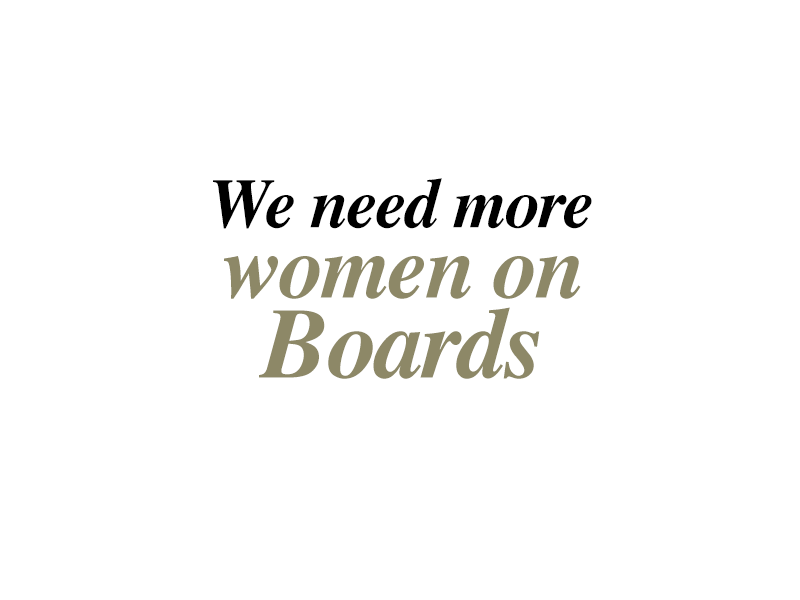 The Singapore Council of Women’s Organisations launches BoardAgender (BA) to raise awareness of the economic benefits of having more diverse boards. A study by BA and the National University of Singapore (NUS) finds that only 6.9% of the directors of Singapore’s listed companies are women.
The Singapore Council of Women’s Organisations launches BoardAgender (BA) to raise awareness of the economic benefits of having more diverse boards. A study by BA and the National University of Singapore (NUS) finds that only 6.9% of the directors of Singapore’s listed companies are women.
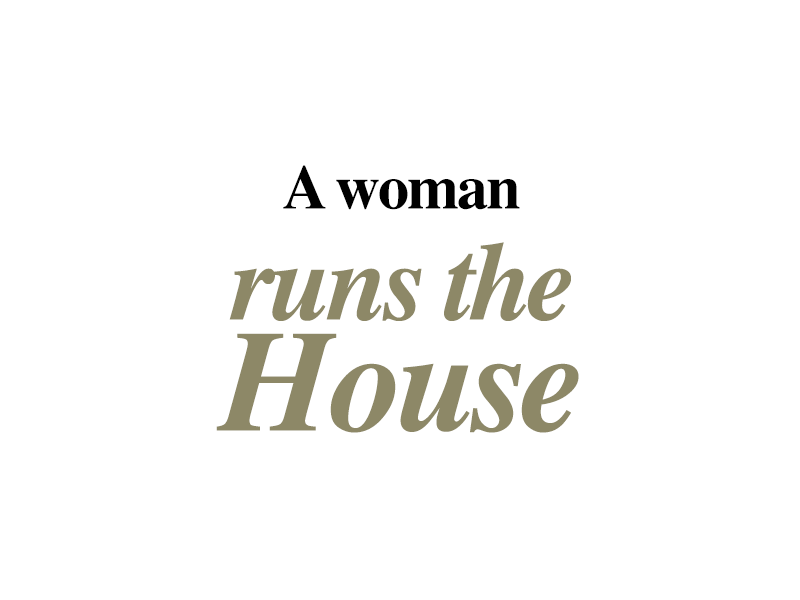 Halimah Yacob becomes Singapore’s first woman Speaker of Parliament.
Halimah Yacob becomes Singapore’s first woman Speaker of Parliament.
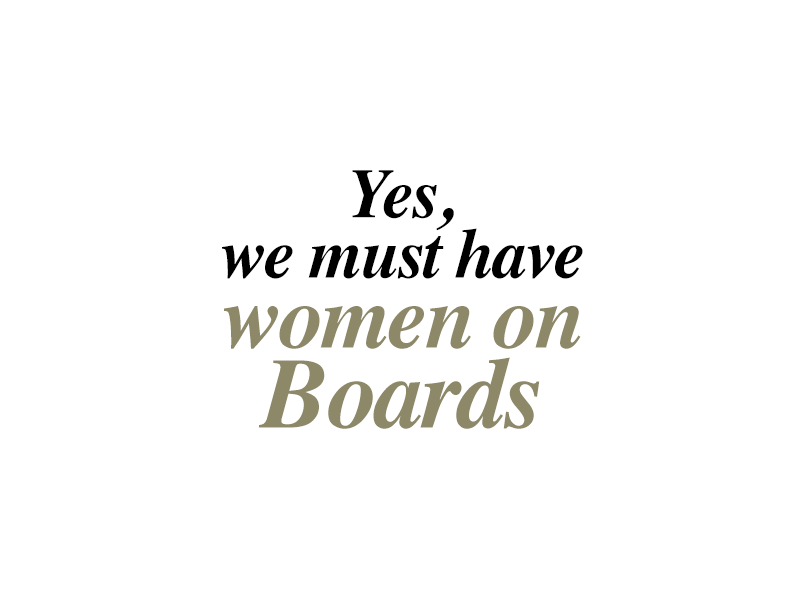 The Ministry for Social and Family Development sets up the Diversity Action Committee (DAC). The aim is to get more women onto the boards of Singapore Exchange-listed companies.
The Ministry for Social and Family Development sets up the Diversity Action Committee (DAC). The aim is to get more women onto the boards of Singapore Exchange-listed companies.
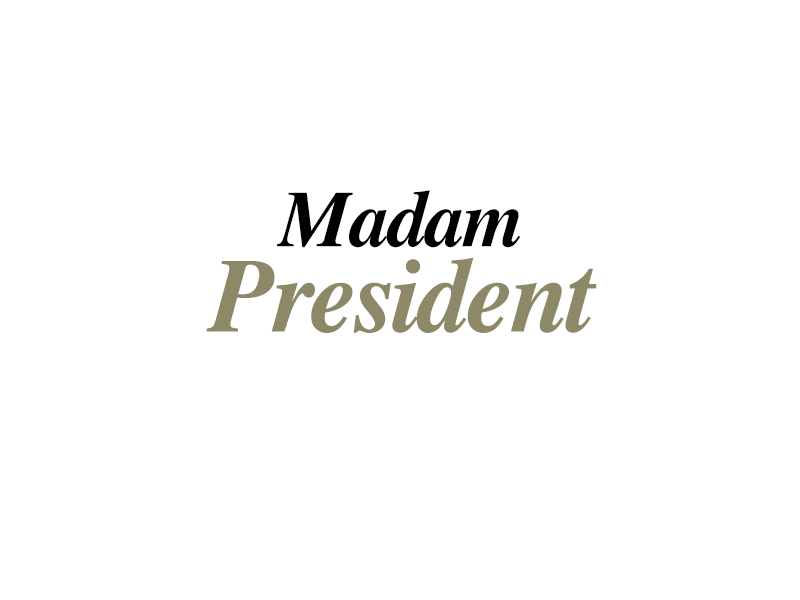 Halimah Yacob is unchallenged in the Presidential Election and becomes Singapore’s first woman President.
Halimah Yacob is unchallenged in the Presidential Election and becomes Singapore’s first woman President.

Chua Sock Koong, Group CEO of Singtel, becomes the first woman member of the Council of Presidential Advisors.
Women make up about 30% of senior management positions in the corporate sector, a study by Grant Thornton finds, but only 9% of firms have a female CEO.
In the civil service, 25% of Permanent Secretaries are women, and 46% of Superscale officers are women.
The DAC is re-named Council of Board Diversity (CBD) and broadens its scope to include getting more women onto boards in the public and non-profit sectors.
The number of women on boards of the top 100 listed companies creeps up by 0.5 points to 15.7% in the first half of 2019. The CBD wants to see women making up 20% of listed company boards by 2025, and 30% by end 2030.


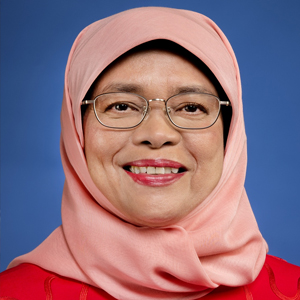
Halimah Yacob
First Woman President of Singapore
Halimah Yacob is a trail blazer. In 2017 she became Singapore’s first woman President. This was four years after she became the first woman Speaker of the Singapore Parliament. Trained as a lawyer, she worked at the National Trades Union Congress where she rose to the post of deputy secretary-general. In 2001, she was the first Malay woman elected to Parliament. As a politician she championed the interests of women and workers, and was vocal on issues such as flexible work arrangements and training for older and less skilled workers.
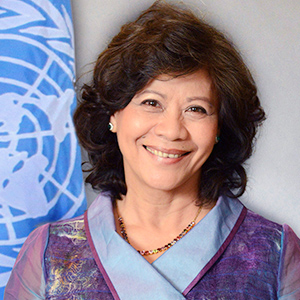
Noeleen Heyzer
Global champion of sustainable development and women’s rights
Noeleen Heyzer has dedicated her professional life to the opening of spaces for dialogue and change to advance equity, social justice, and sustainable development for people and the planet. From 2007 to 2014 she was an Under-Secretary-General of the United Nations and the highest ranking Singaporean in the world body. She was the first woman to head the UN Economic and Social Commission for Asia and the Pacific, and before that the first person from the South to lead the United Nations Development Fund for Women.
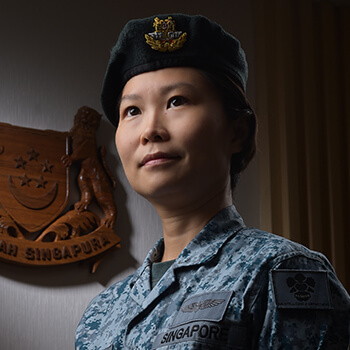
Gan Siow Huang
First female Brigadier-General in the Singapore Armed Forces
In 2015 Gan Siow Huang became the first woman Brigadier-General in the Singapore Armed Forces. This followed a string of firsts in the SAF. In 1993, she was in the first batch of four women to receive the SAF Merit Scholarship to pursue a military career. In 2010, she was the first female military officer to be sent to the Massachusetts Institute of Technology where she got an MBA. In 2016, she took command of Air Power Generation Command, the largest formation in the Republic of Singapore Air Force.
TODAY
The Singapore woman today lives a life dramatically different from that of women in 1965. There are as many females as males at all levels of education. We have women fighter pilots, women running key military and police divisions, and heading huge enterprises and exciting start-ups. A quarter of our parliamentarians are women. We have three women Cabinet ministers, and a woman President. But patriarchal attitudes and systems persist, and stereotyped gender roles still limit opportunities and choices for women. The gender wage gap continues. The lack of flexible work arrangements and caregiving support keeps some women at home, and without an income they may not have adequate resources for their old age. Violence and harassment continue to be a problem. It’s less of a man’s world today, but there’s some way to go for true gender equality.
The Gender Gap at a Glance
Figures refer to resident population (citizens and PRs)
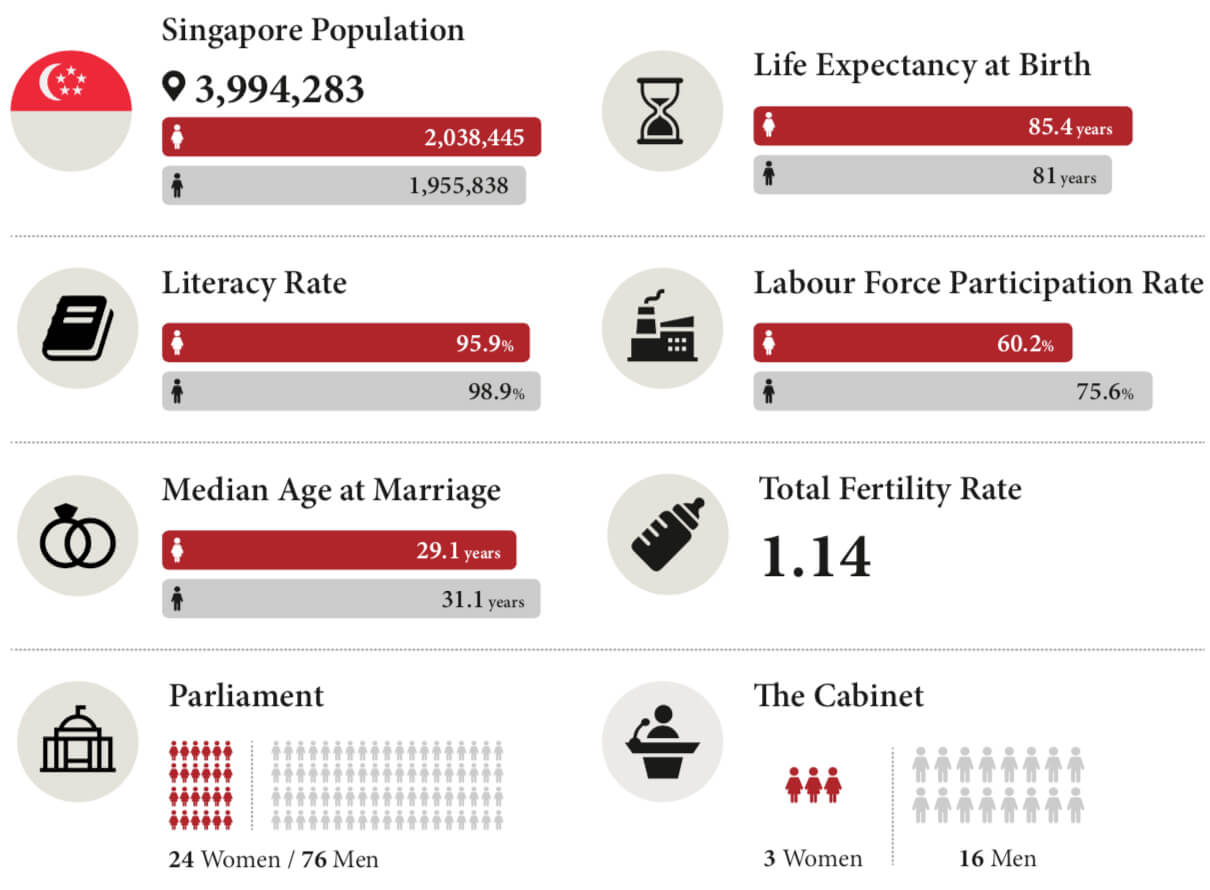

What will life be like for women in Singapore in 2050?
Look out for the final The Lives of Women exhibition at the National Museum in November 2020.
We will be looking into the crystal ball to bring you a glimpse of what women’s lives might be like 30 years from now.
We also want to hear from you. What would you like to see for women in Singapore in 2050?
Tell us your thoughts and wishes.
